Savanna X Wanda Lephoto X Metalabs launch world-first recycled NFT via auction
Savanna Premium Cider has partnered with the prolific South African designer Wanda Lephoto to bring you the limited-edition fashion collection ‘Dry Goods’ – waterproof apparel for a world underwater, only available for sale to persons over the age of 18.
This premium range, made from recycled materials, goes beyond the aesthetics of ‘dope’ and makes a meaningful statement about sustainability by embracing the inevitability of climate change. As the ultimate dry brand, it only makes sense that in a world of rising sea levels, melting icebergs and unpredictable weather, they would create a clothing range that would allow you to stay dripping and dry, even when you’re dripping wet.
The streets are not the place where this range is to be found. Savanna Dry goods are also coming to the Metaverse near you. With the help of Wanda Lephoto and Metalabs Africa, Savanna’s has created a unique set of digital collectables which brings this campaign’s sustainability message to the digital realm.
Wanda Lephoto has created six different one-of-one outfits designed to be 3D modelled and rendered into digital collectables by the NFT gurus at Metalabs. An auction for these collectables commenced on the 25th of April on the Nifty Gateway digital art auction platform, where each of the NFTs will have been minted on the Ethereum Network. The Ethereum blockchain’s recent transition from Proof of Work to Proof of Stake makes it the only viable network to mint eco-friendly digital collectables. Since it undertook the transition, its electricity consumption and carbon footprint have decreased by 99.988 % and 99.992%, respectively.
However, as a campaign with a real intent to make a statement about society’s attitude towards sustainable living, they knew they couldn’t simply stop at creating NFTs. They had to take a step further. So Savanna, Wanda and Metalabs asked themselves – what happens to disused NFTs? Which gave them an idea. For the first time anywhere, ever, Savanna, in partnership with Wanda and Metalabs, has created a digital collectable comprised of the data of burnt NFTs, recycled through design, thereby effectively creating the world’s first recycled NFT. This first of its kind digital piece will be placed on auction for one day only on the 29 th of April and also on the Nifty Gateway platform. The recycled data garment will be accompanied by a digital avatar usable in most metaverses.
100% of the proceeds from the sale of the ‘Dry Goods’ premium waterproof apparel range collaboration between Savanna and Wanda Lephoto, including the digital collectables, will be donated to GreenUp, a leading organisation focused on climate action, environmental education, and community resilience.
Image 1: CAMOUFLAGE AND PLAID PRINT CLASH TRENCH COAT WITH UTILITY VEST POCKETS Image 2: DESTRUCTED PLAID MUSLIN SUIT
Image 3: YELLOW PUFFER SUIT JACKET Image 4: EXTENDED PUFFER COAT
Image 5: DOUBLE PLAID CHECK DRESS Image 6: YELLOW TRENCH COAT WITH TYPE 2 SAVANNA ACACIA TREE AND PLAID PATCH WORK JACKET
FOR AUCTION DETAILS, HEAD HERE.
Savanna promotes responsible drinking. Not for persons under 18.
/// “Waterproof apparel for a world underwater” Campaign
Photography : Andrea Baioni, Warren Van Rensburg & Paul Samuels (Lampost)
Film Director : Mzonke Maloney (Carbon Films)
Agency Grey/WPP Team Liquid
Brand : Savanna Cider
Make-up : Alex Botha
Hair : Saadique Ryklief
Models : Kopano Selebano, Yemi Okesokun, Curtis Cornwall, Anke Gabler, Khaya Ngubane


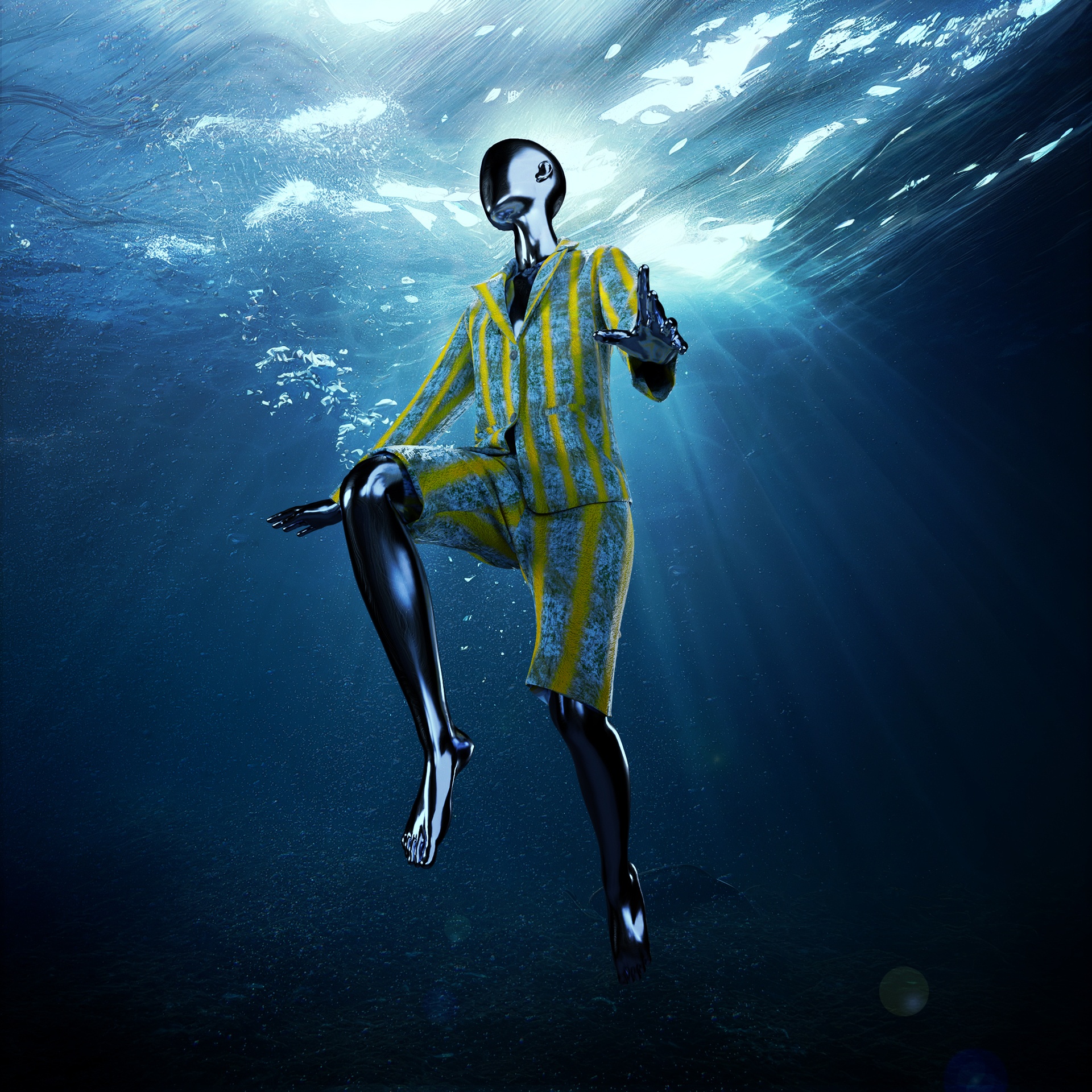

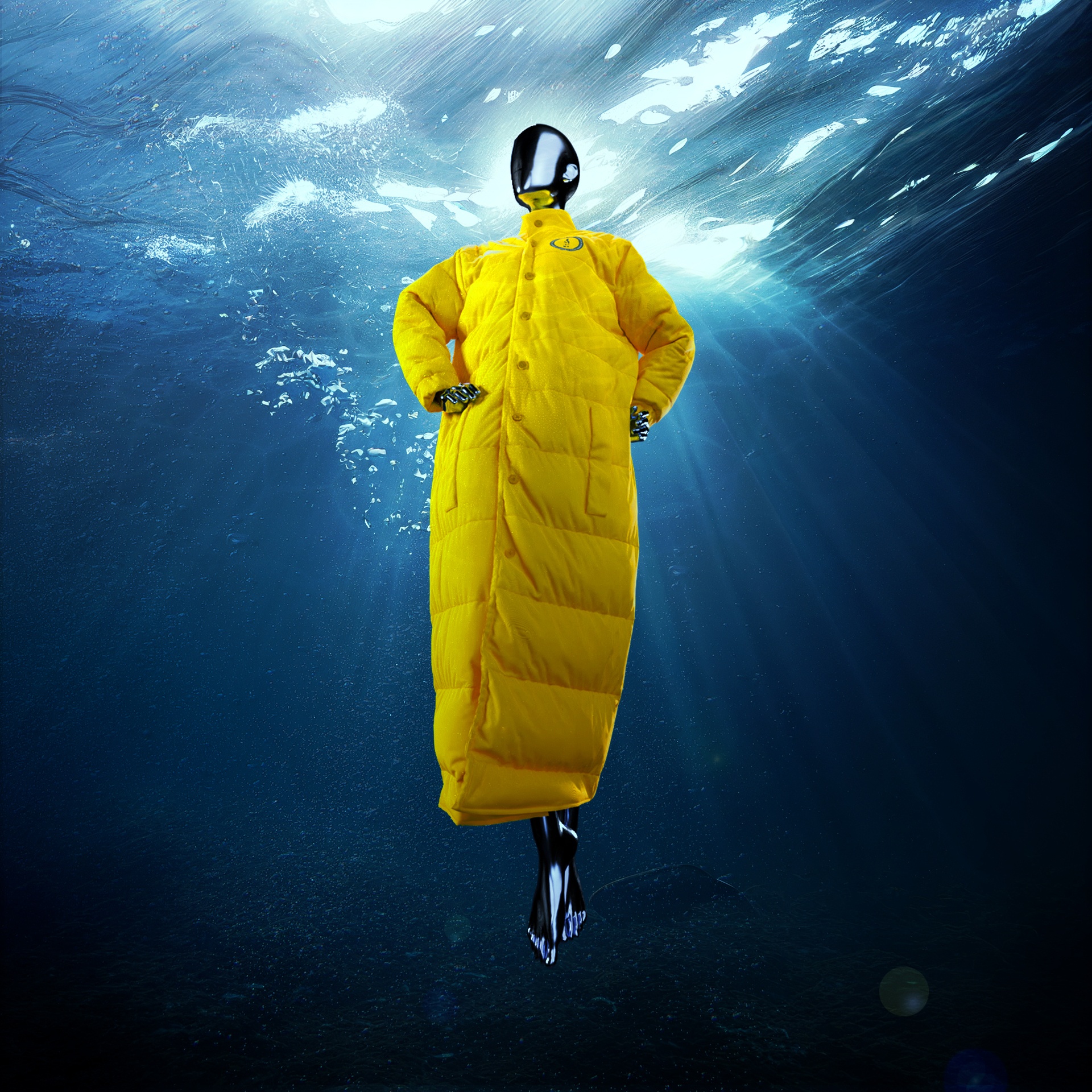
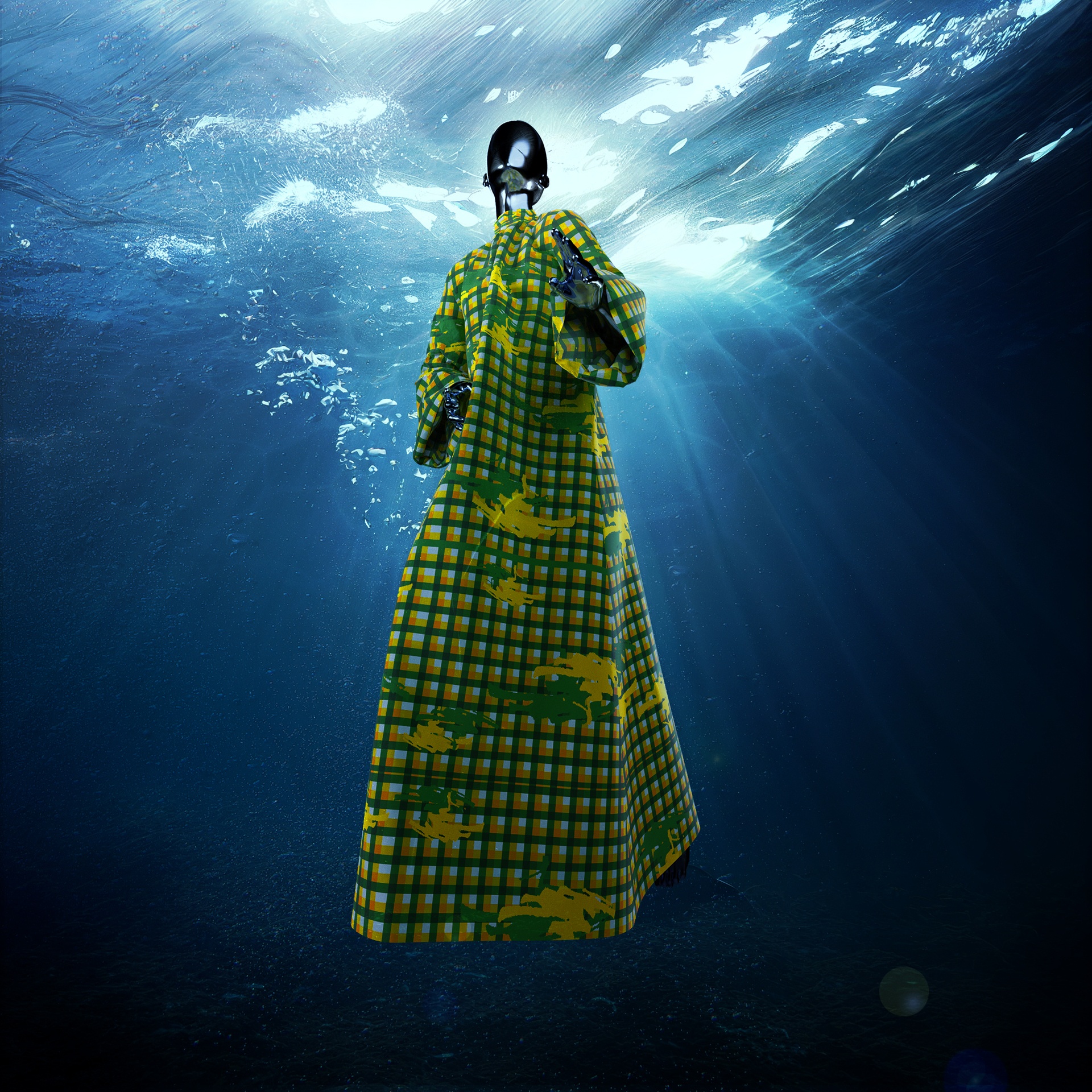
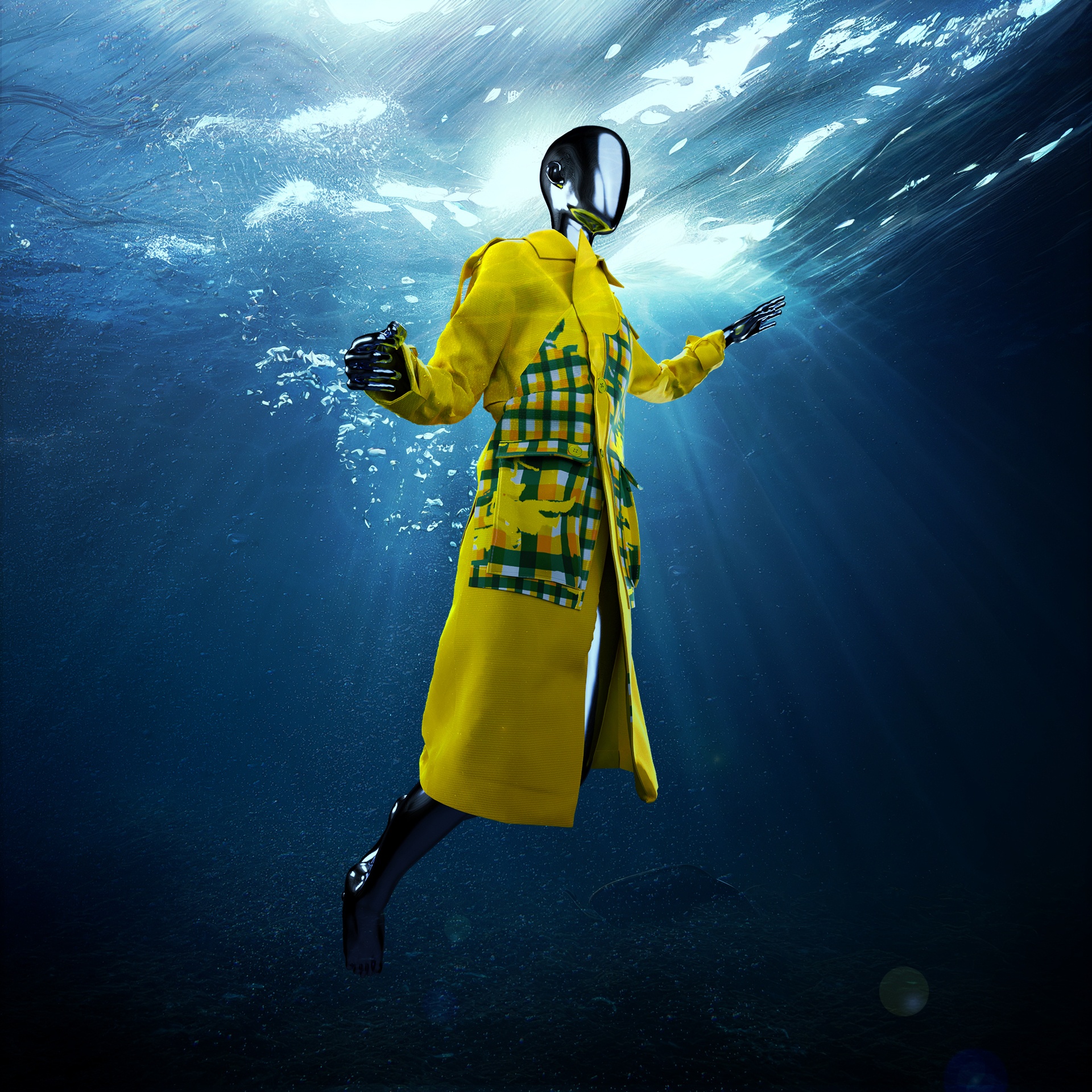
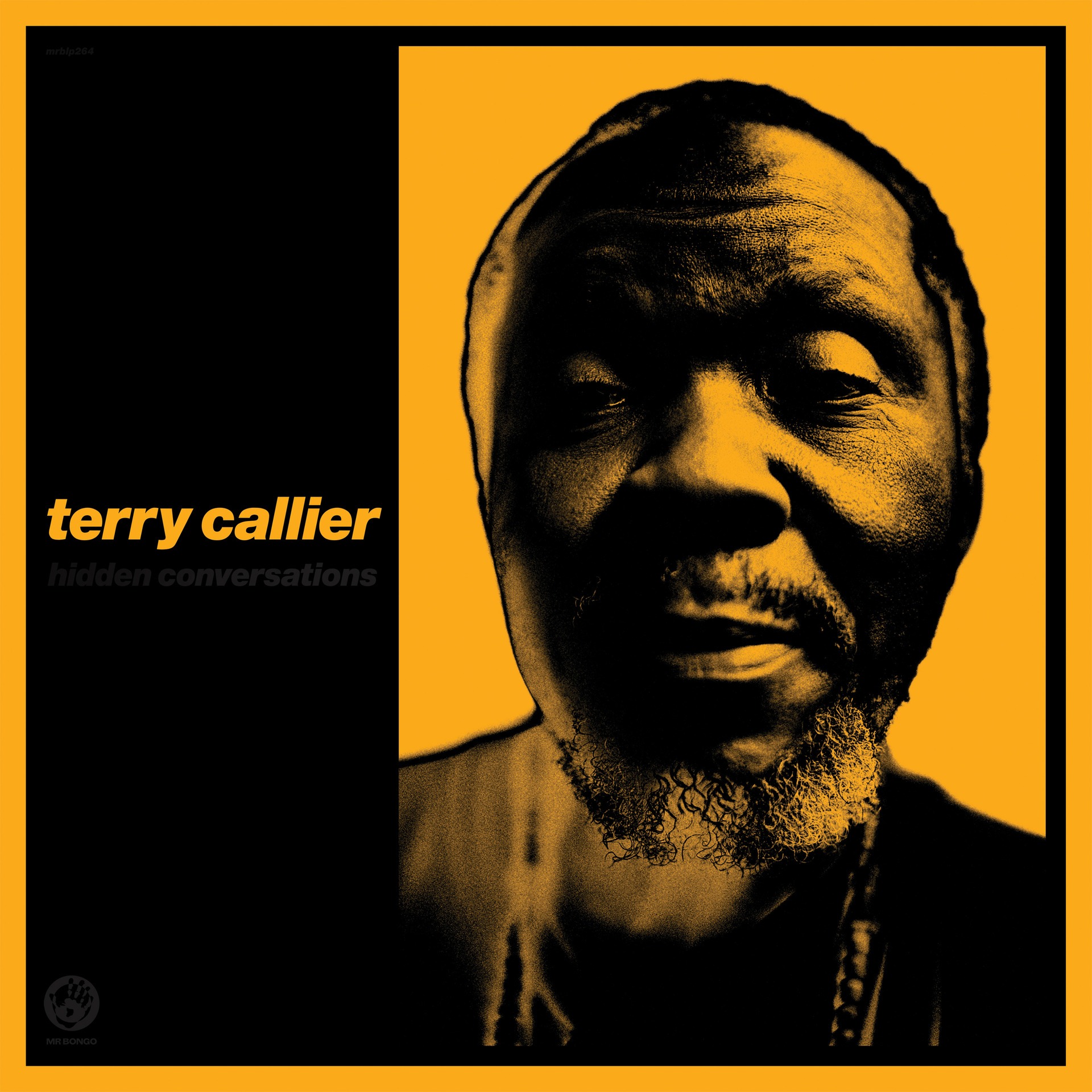











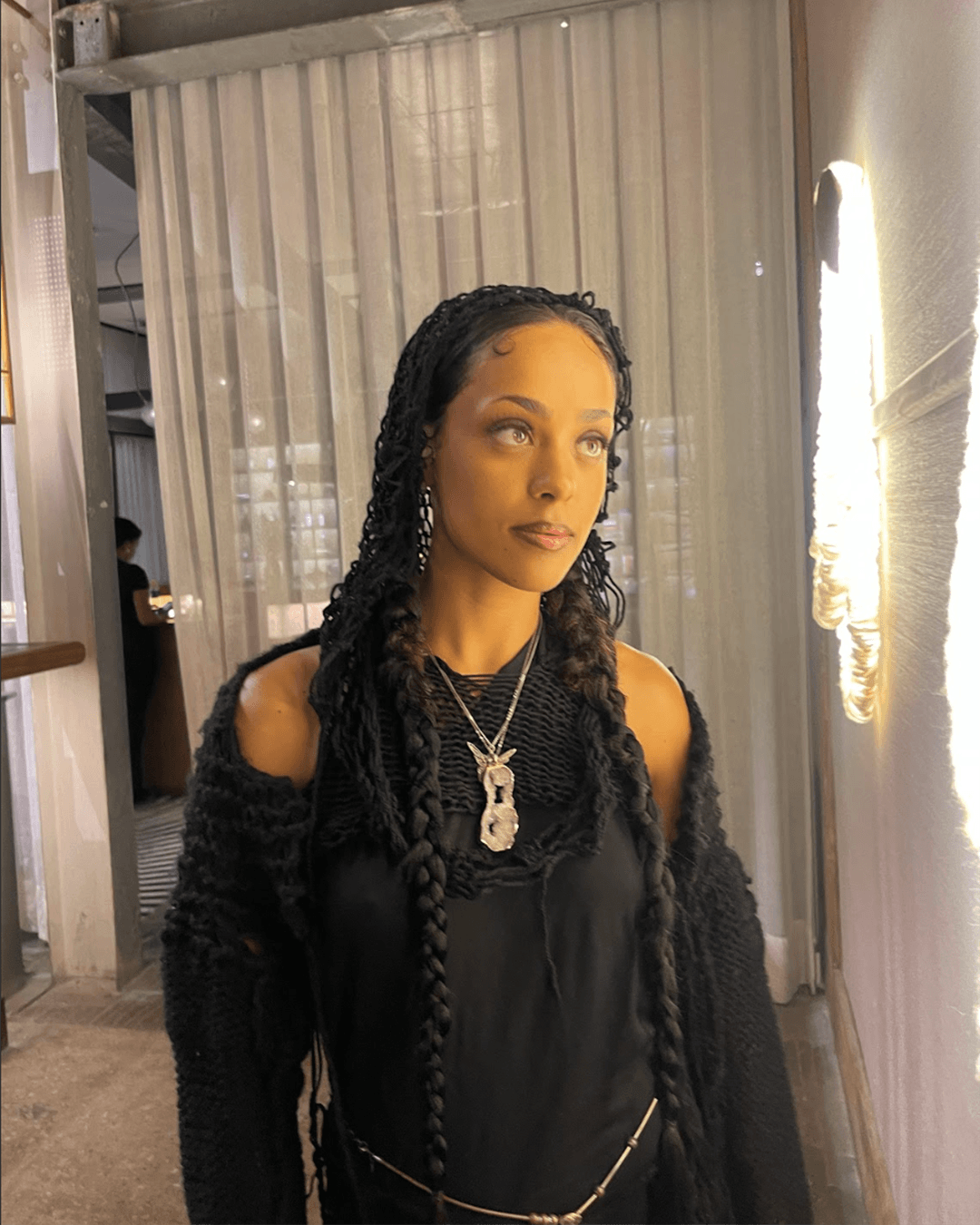
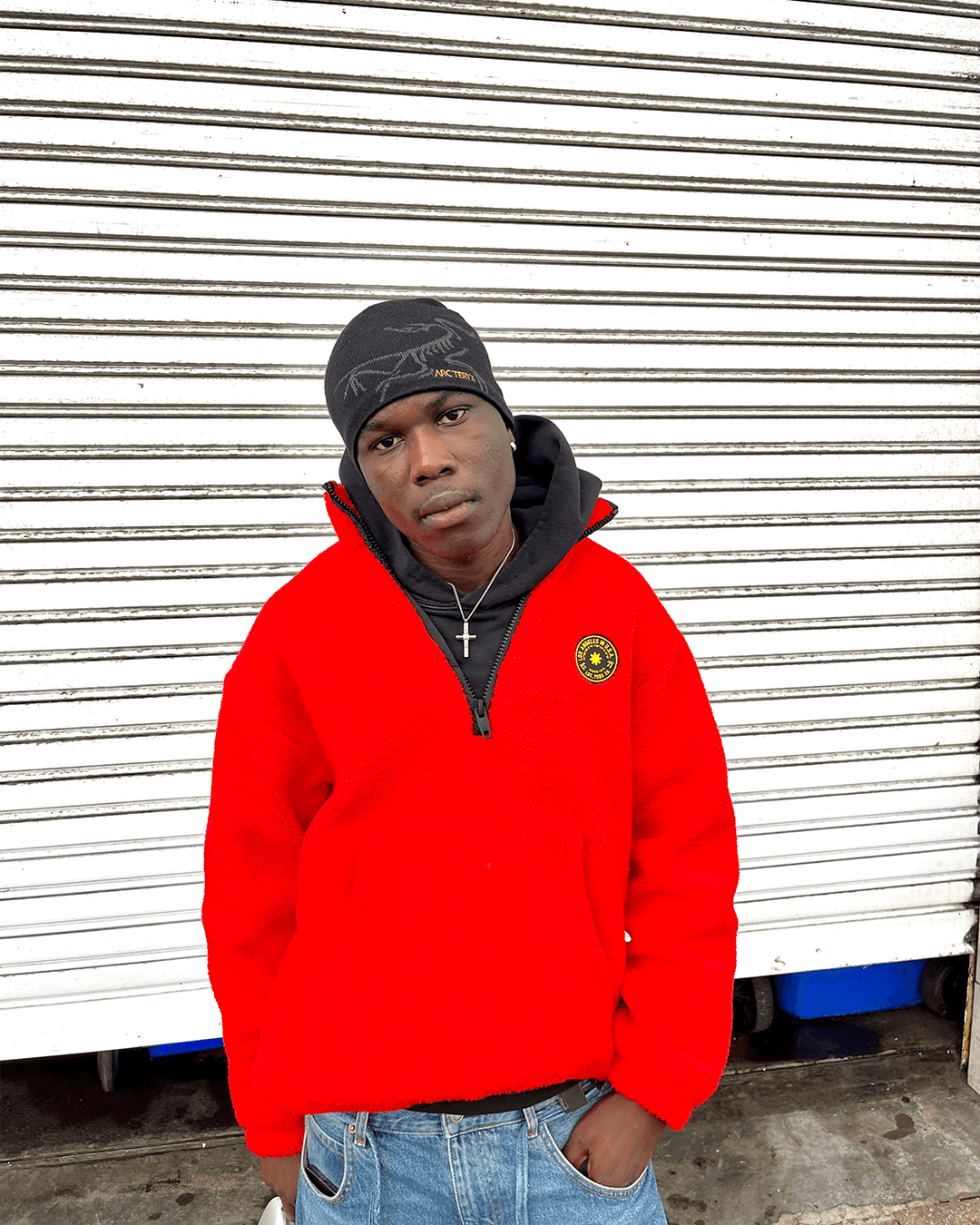

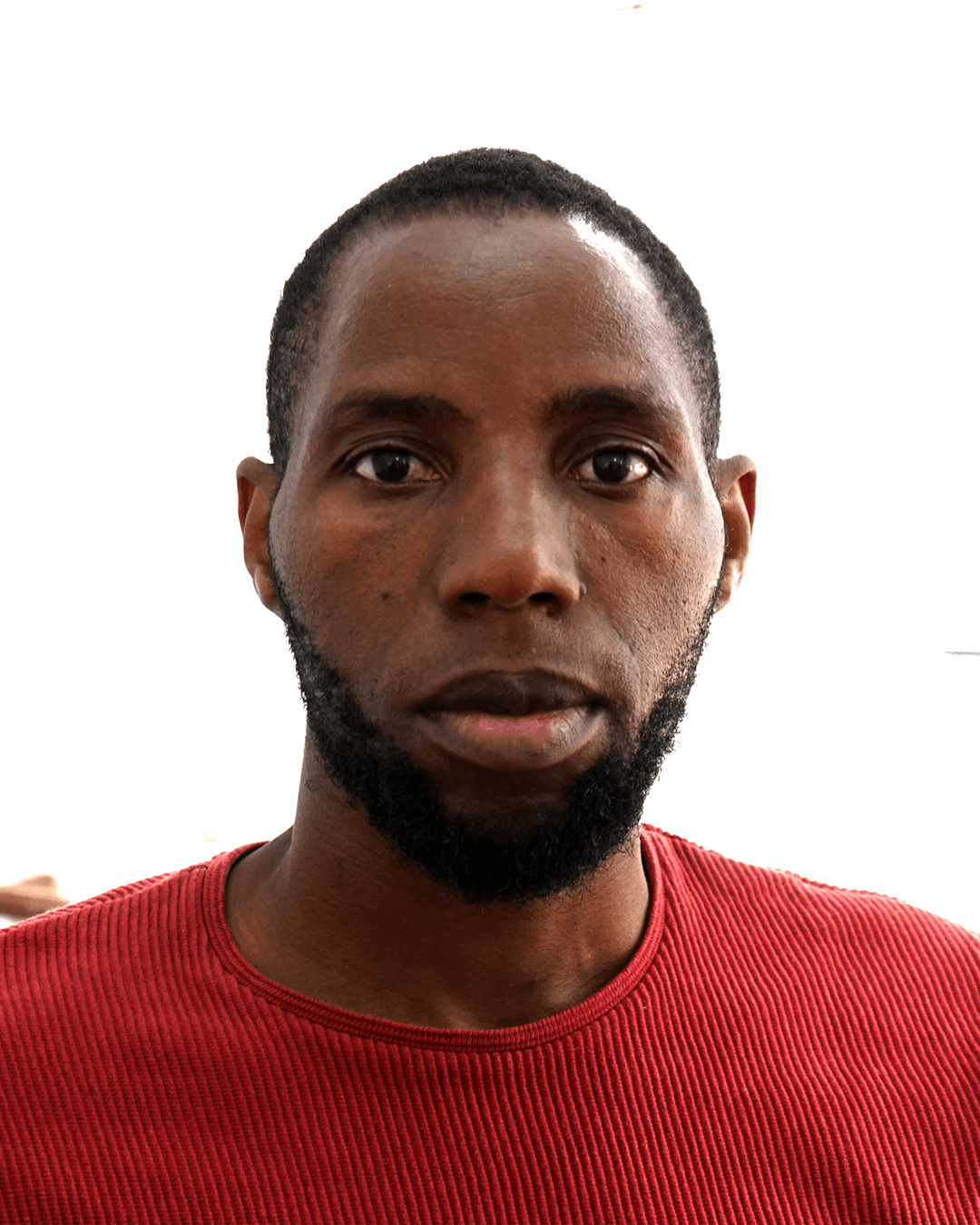
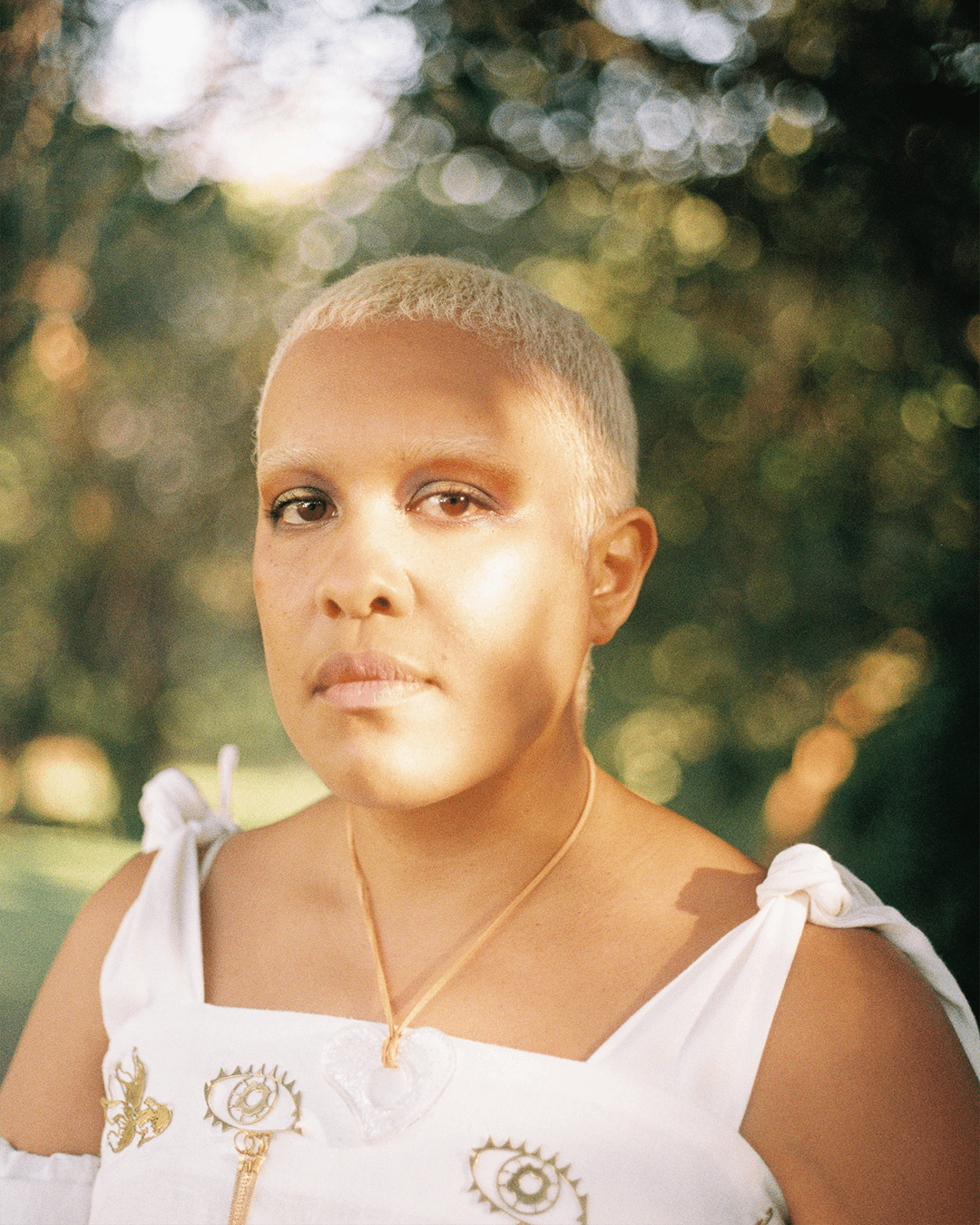
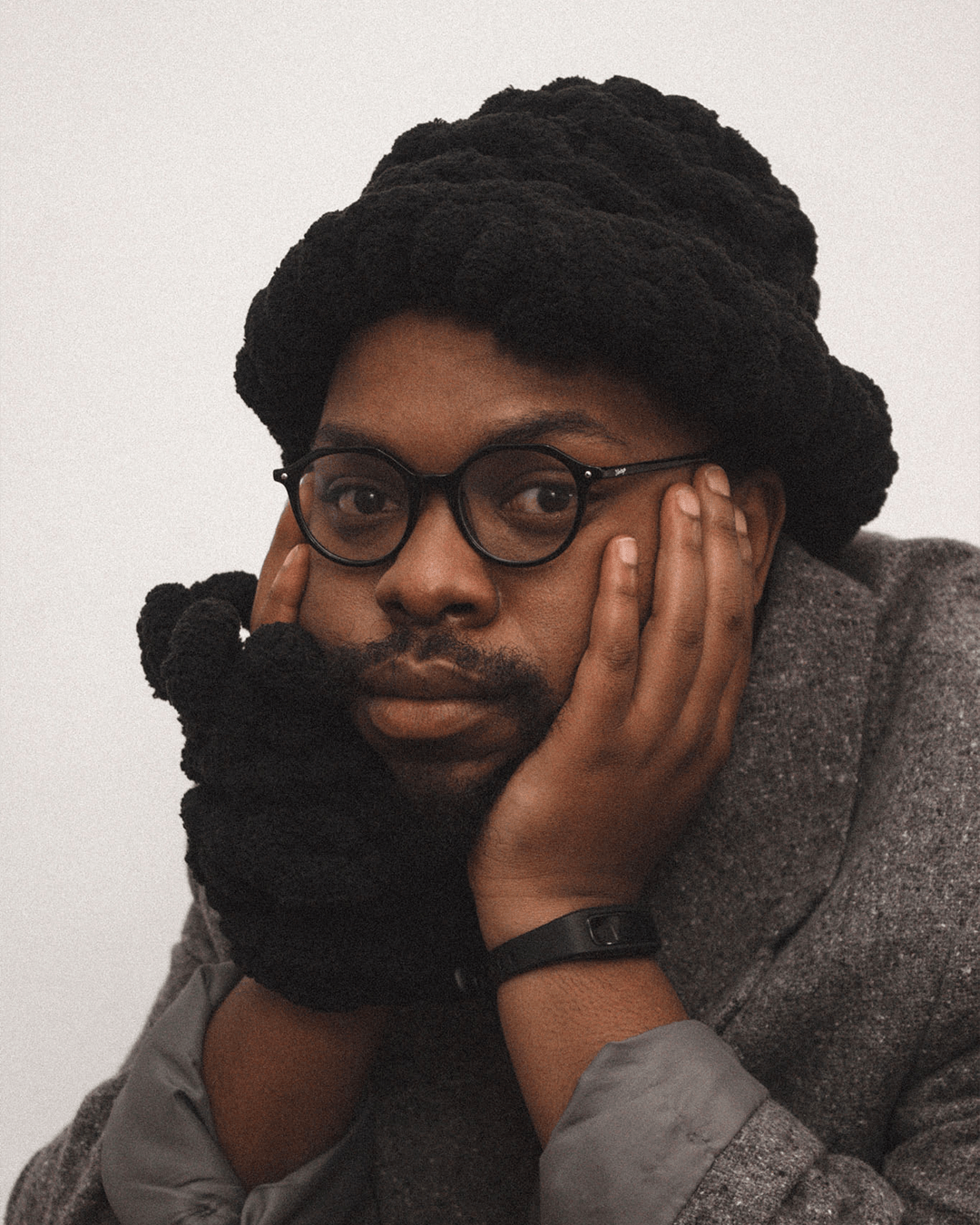
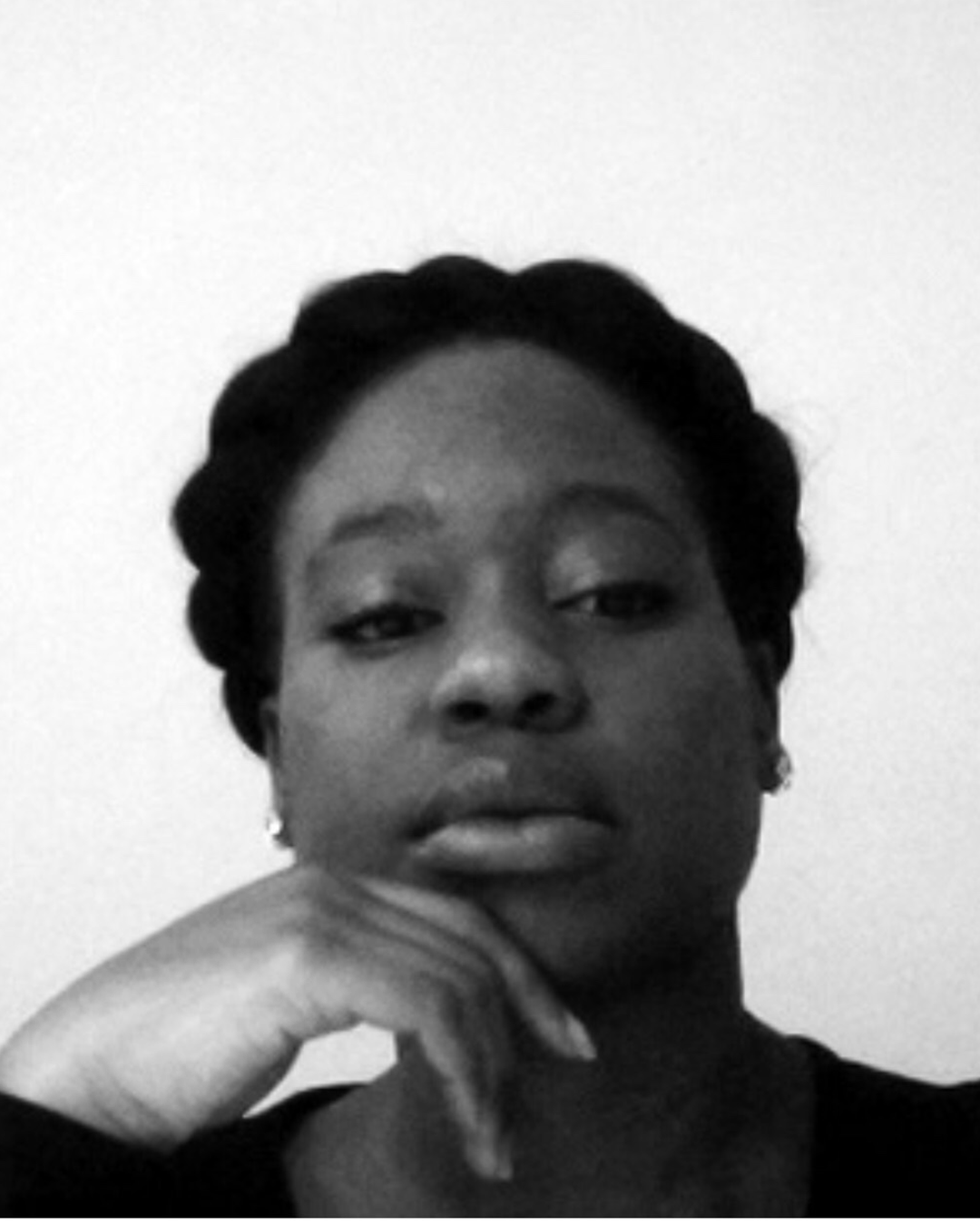
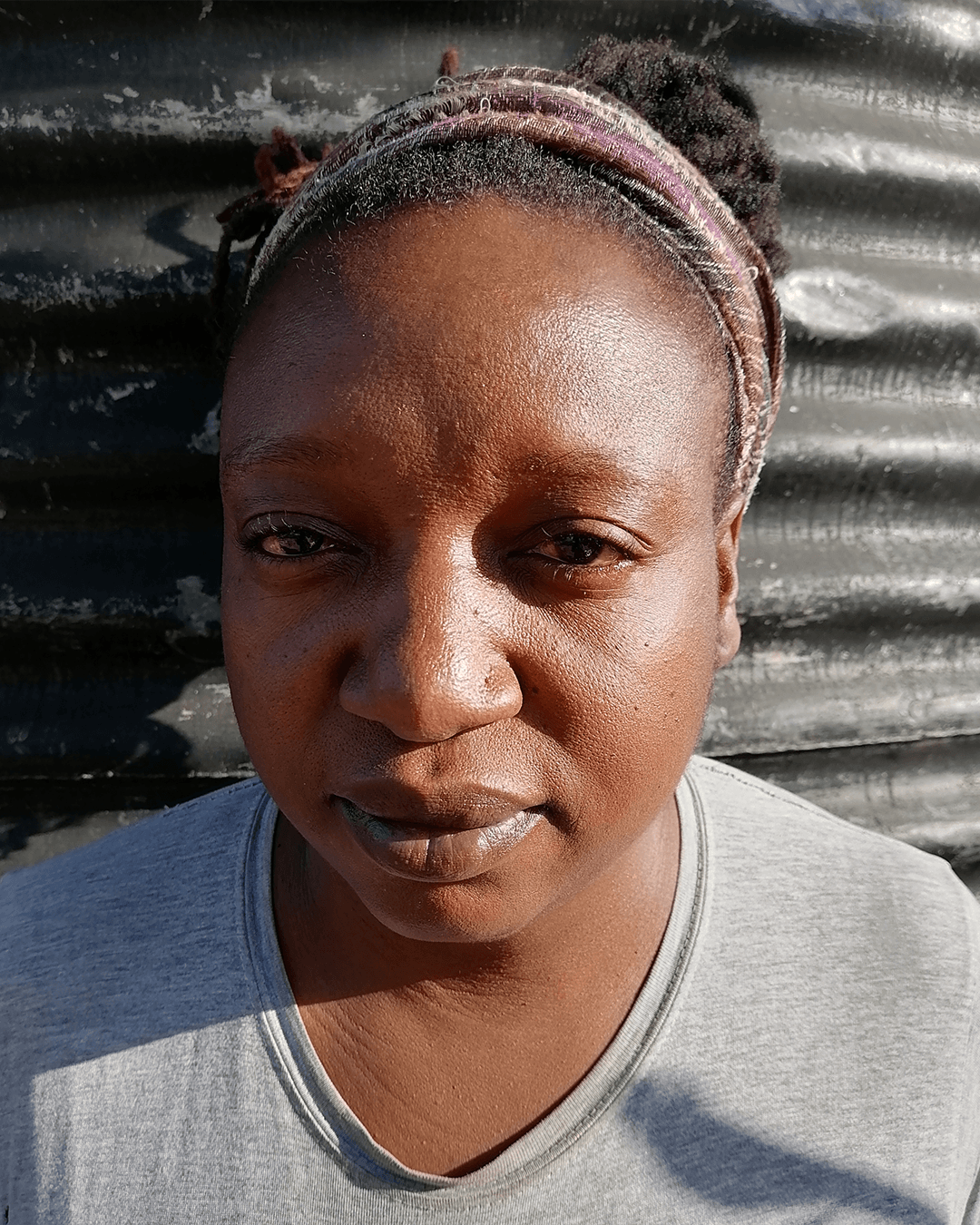
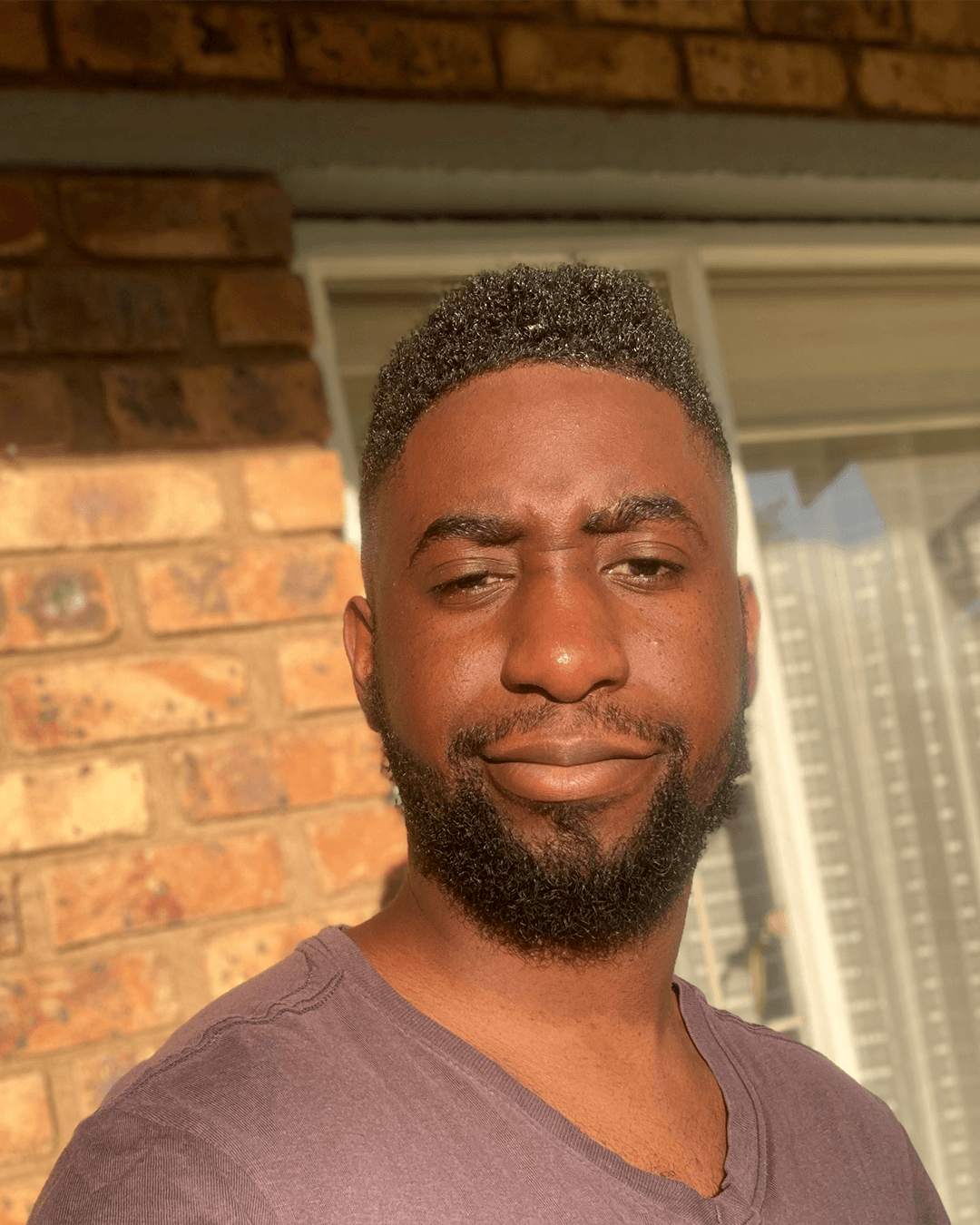
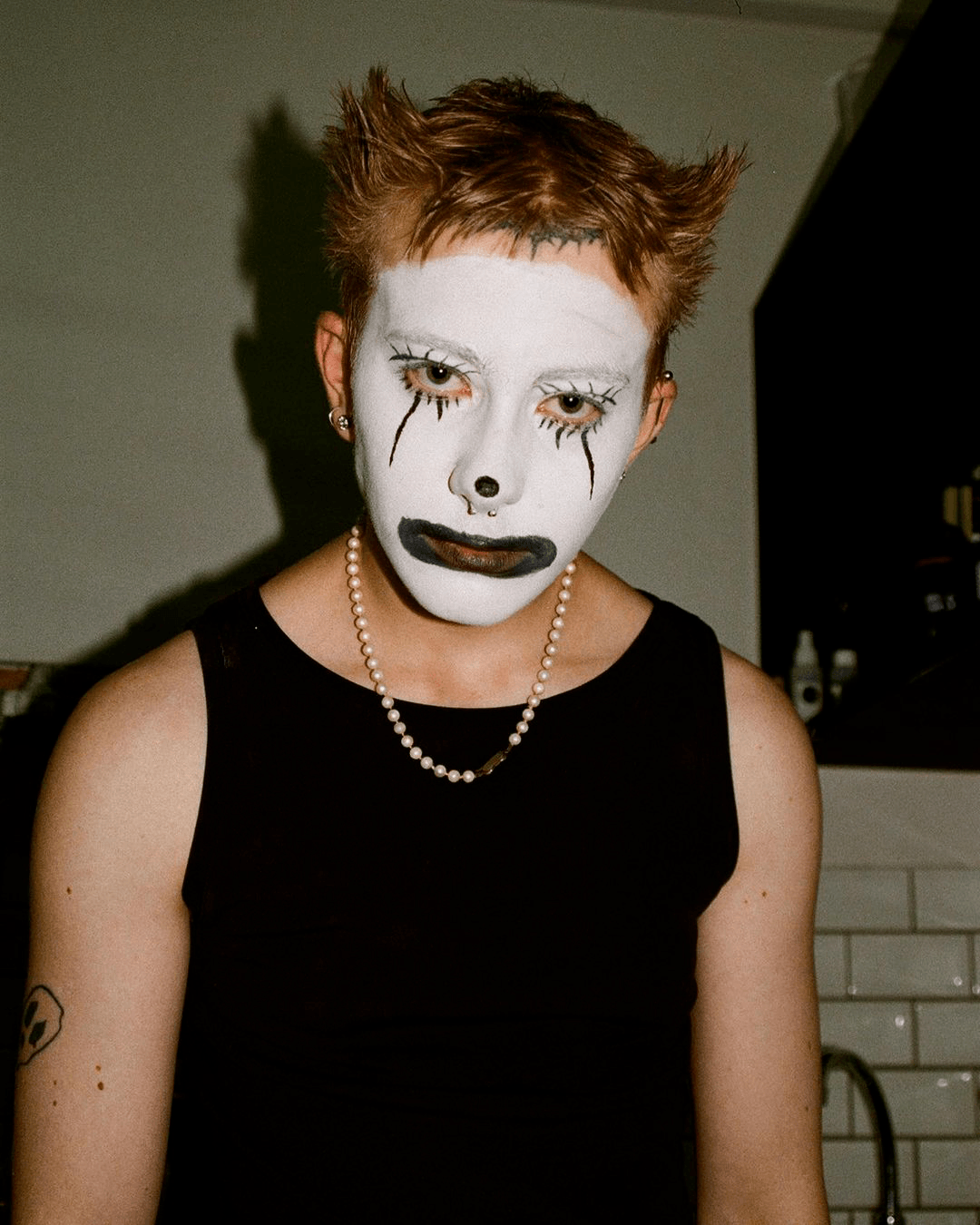
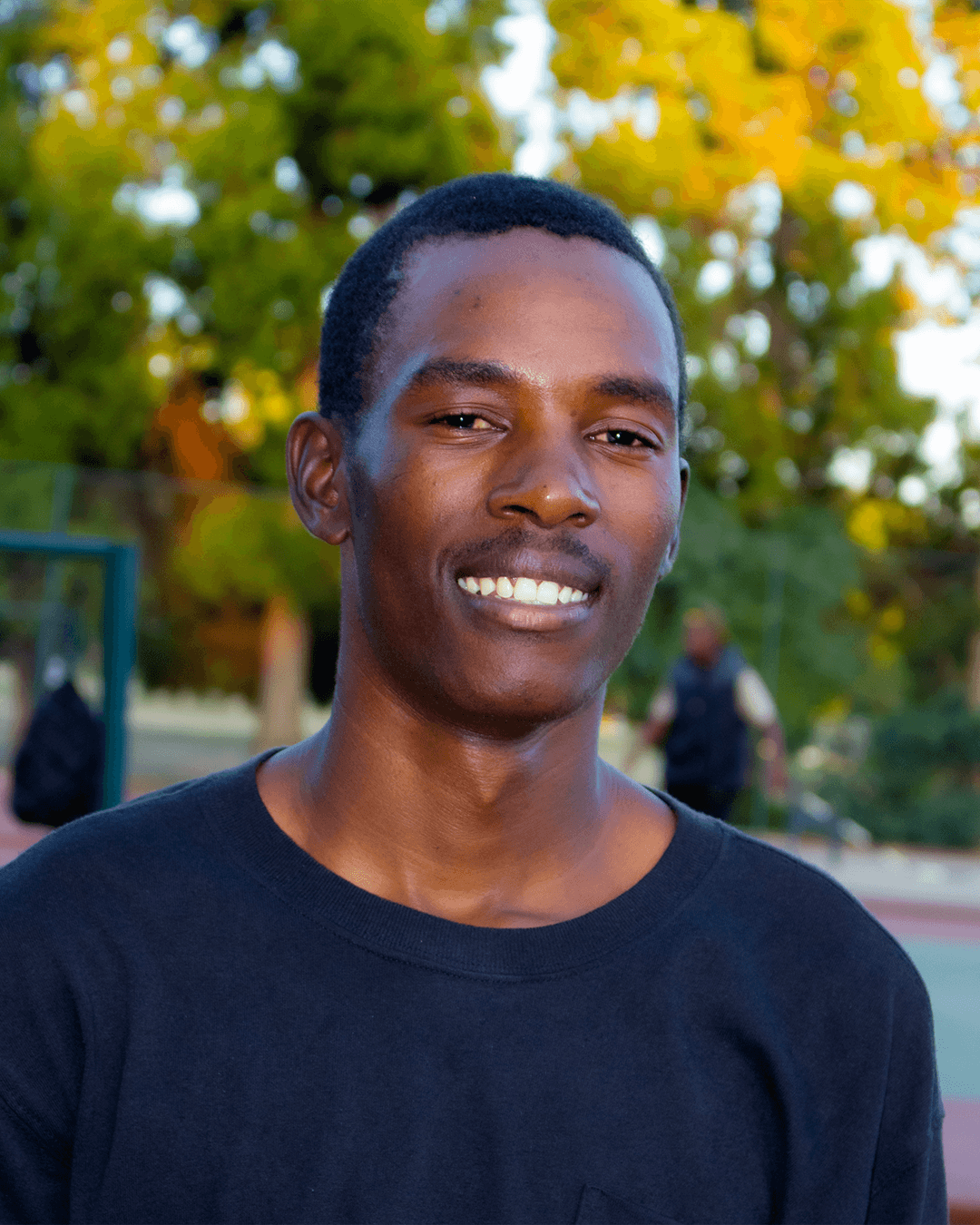
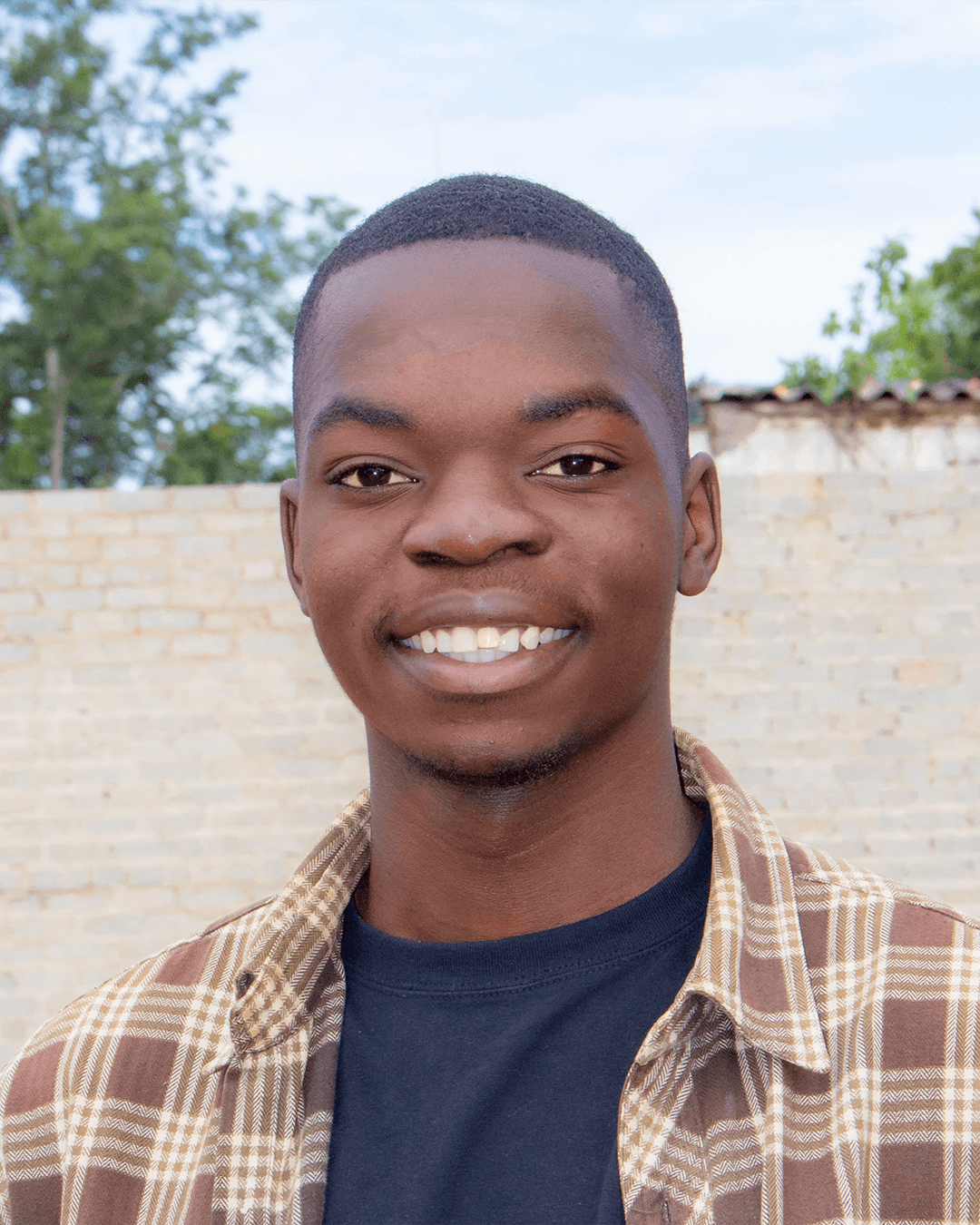
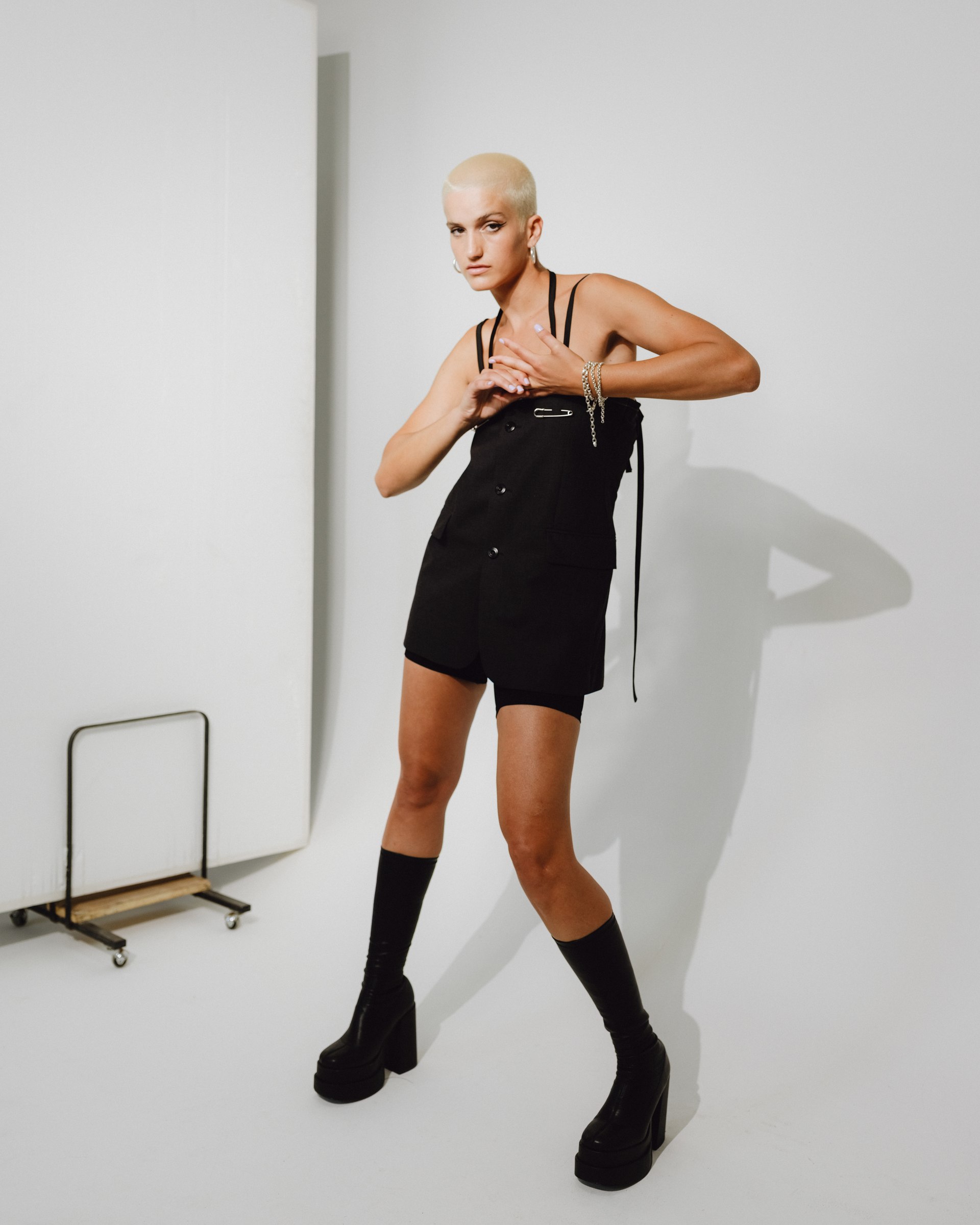
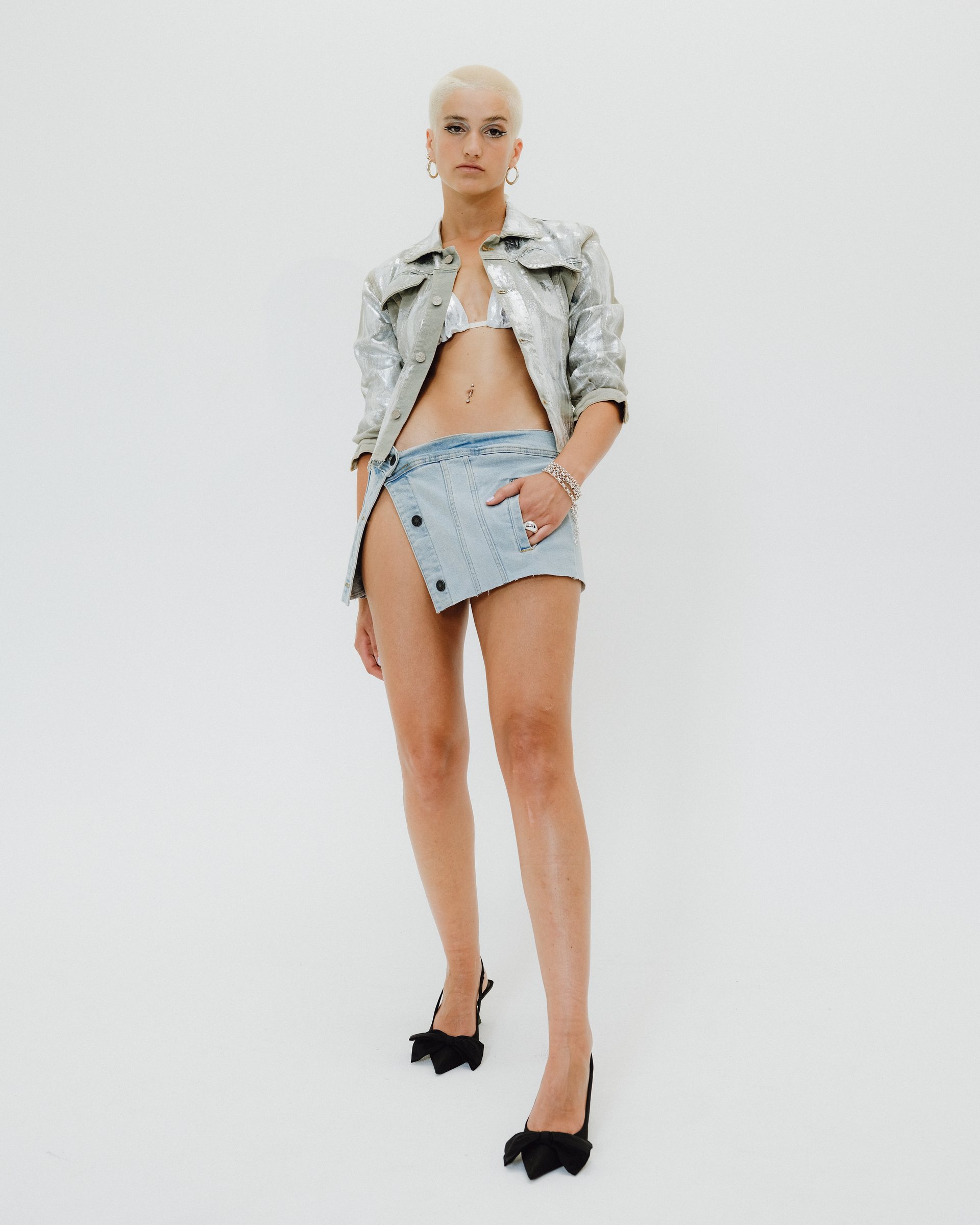
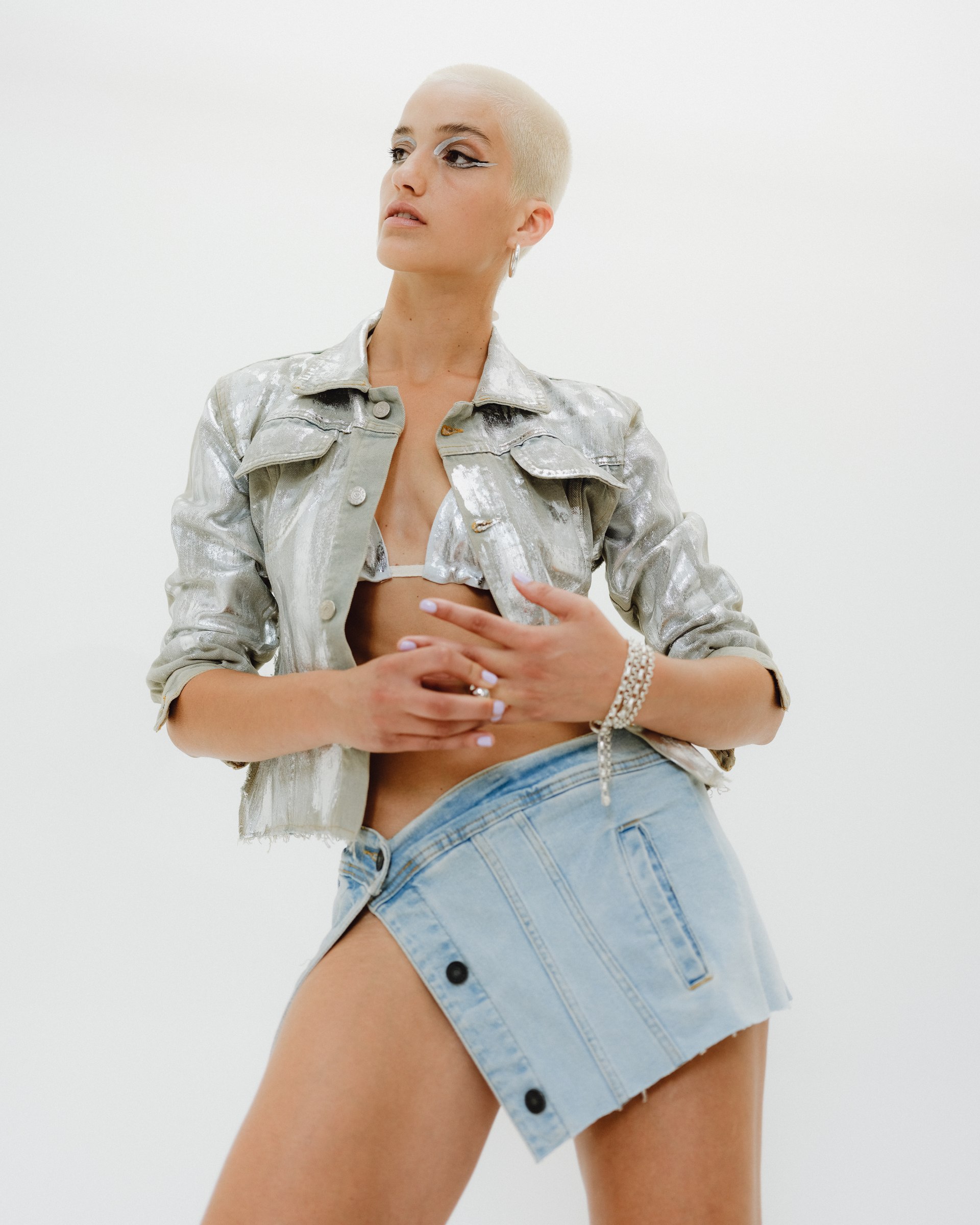
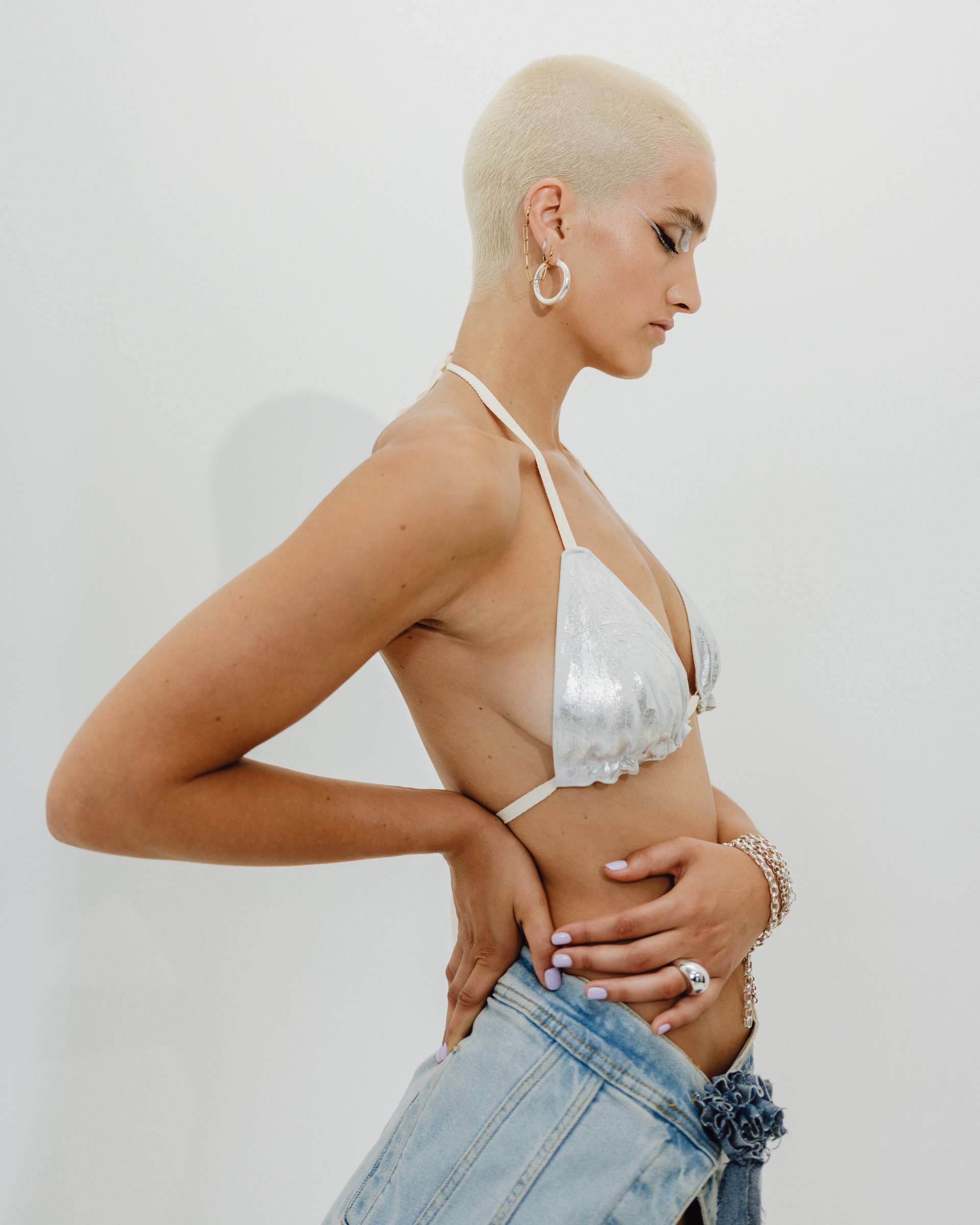
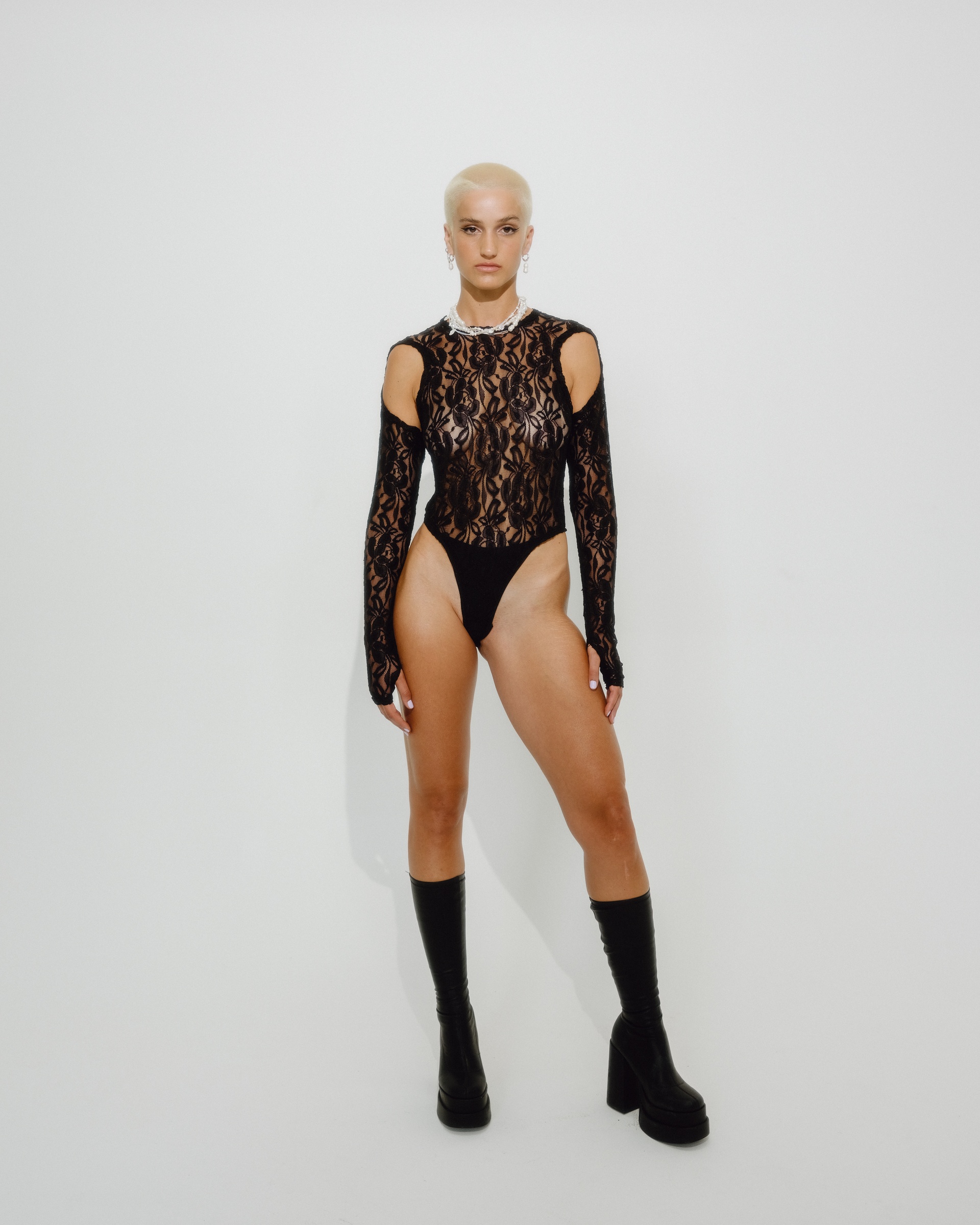
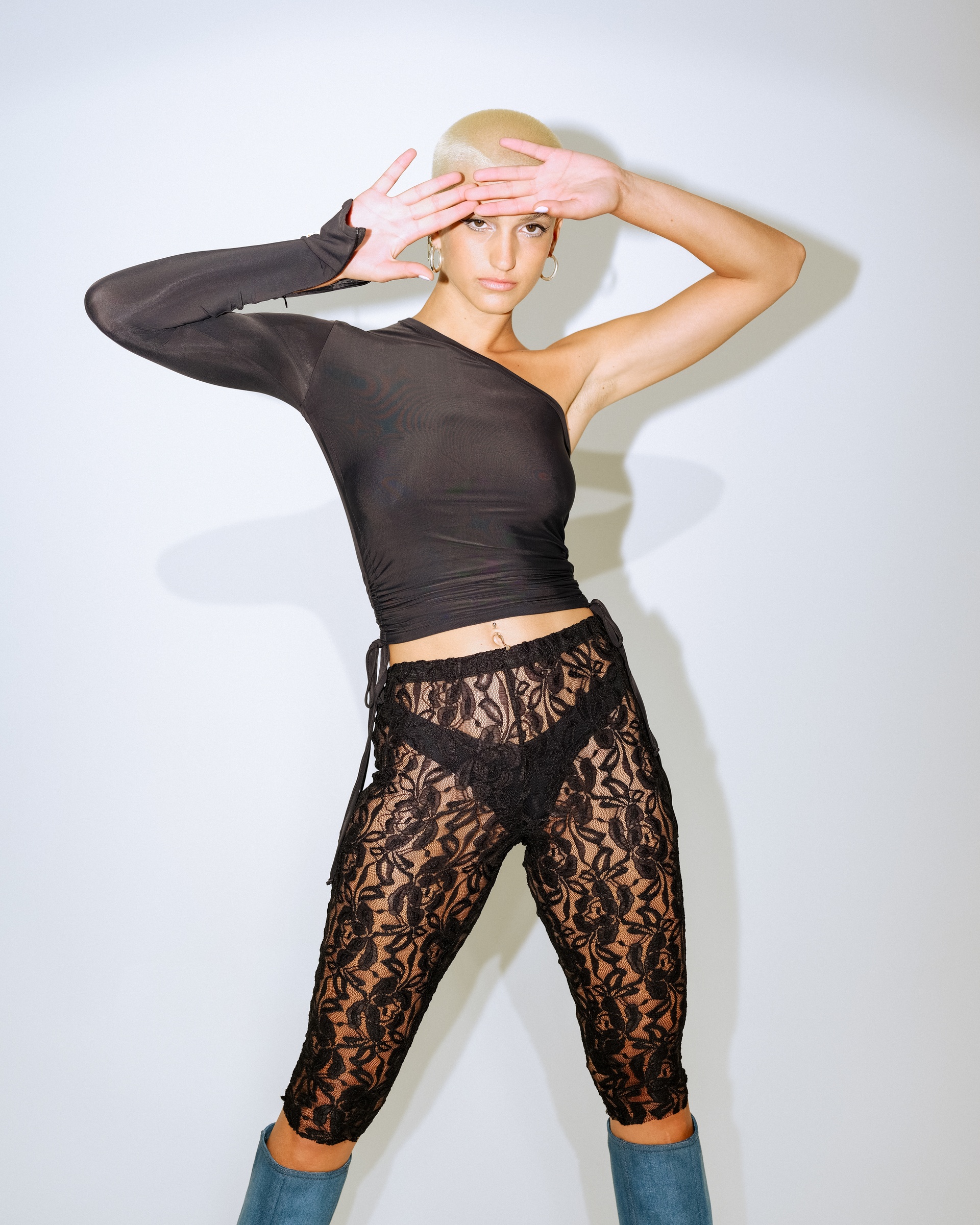
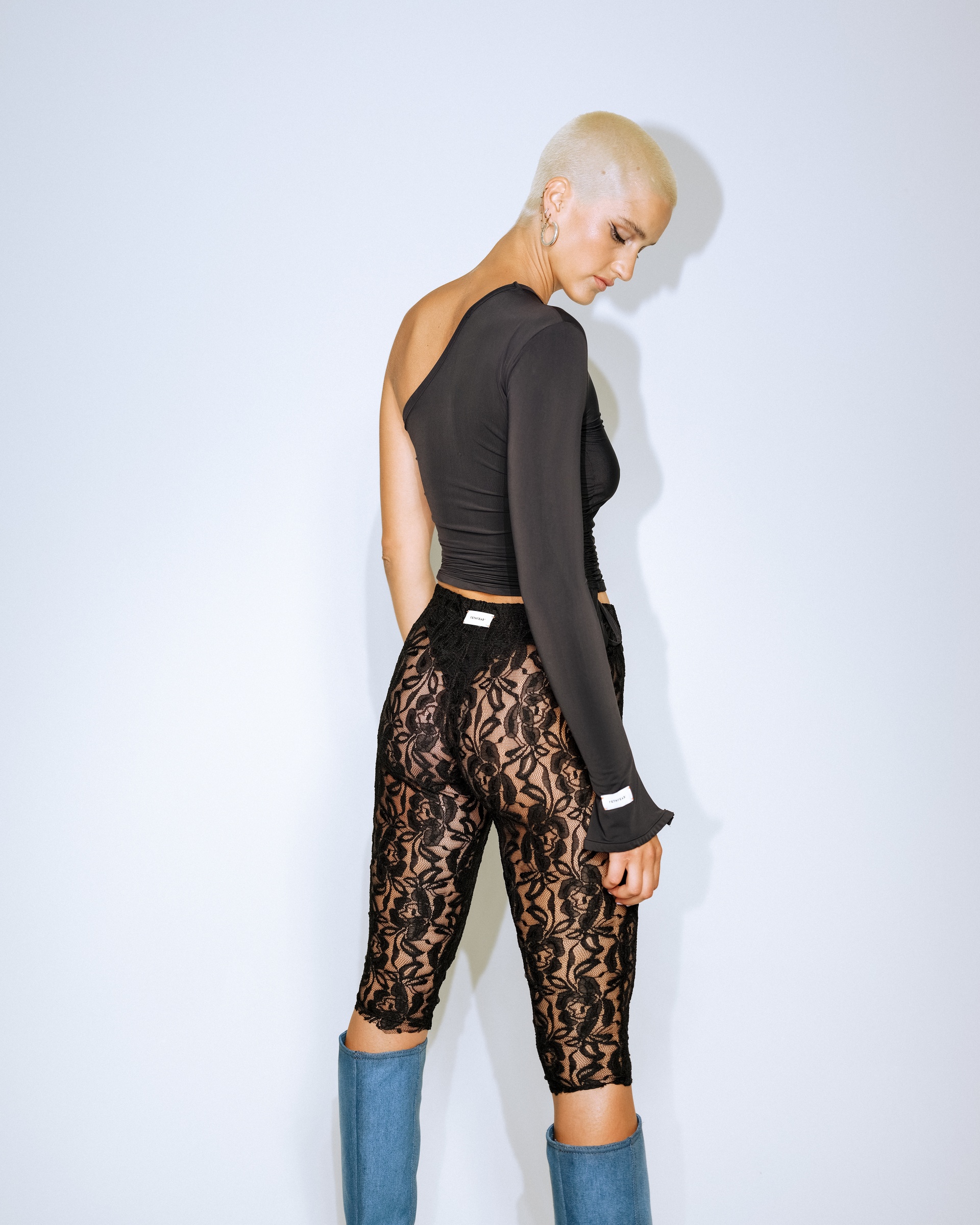

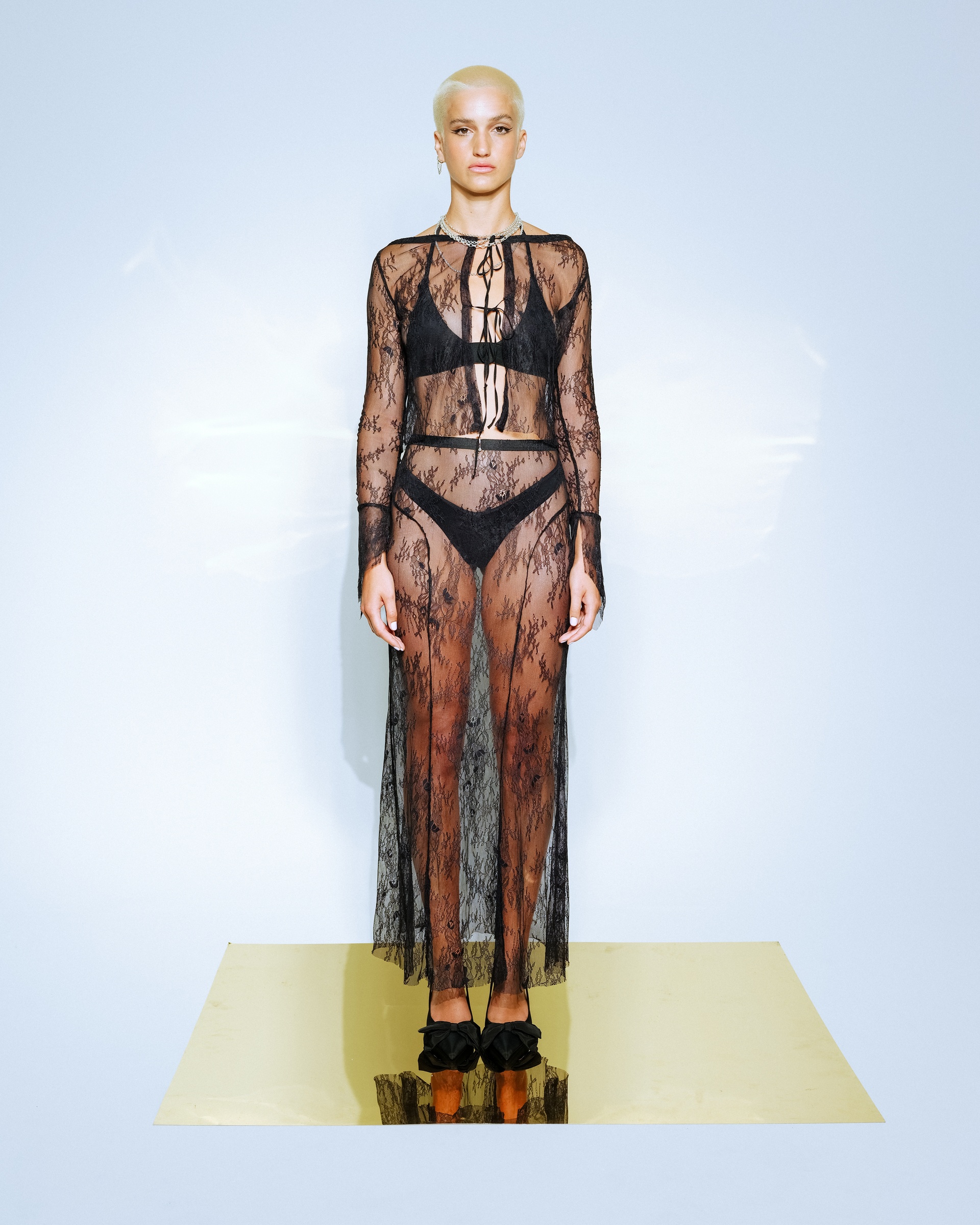
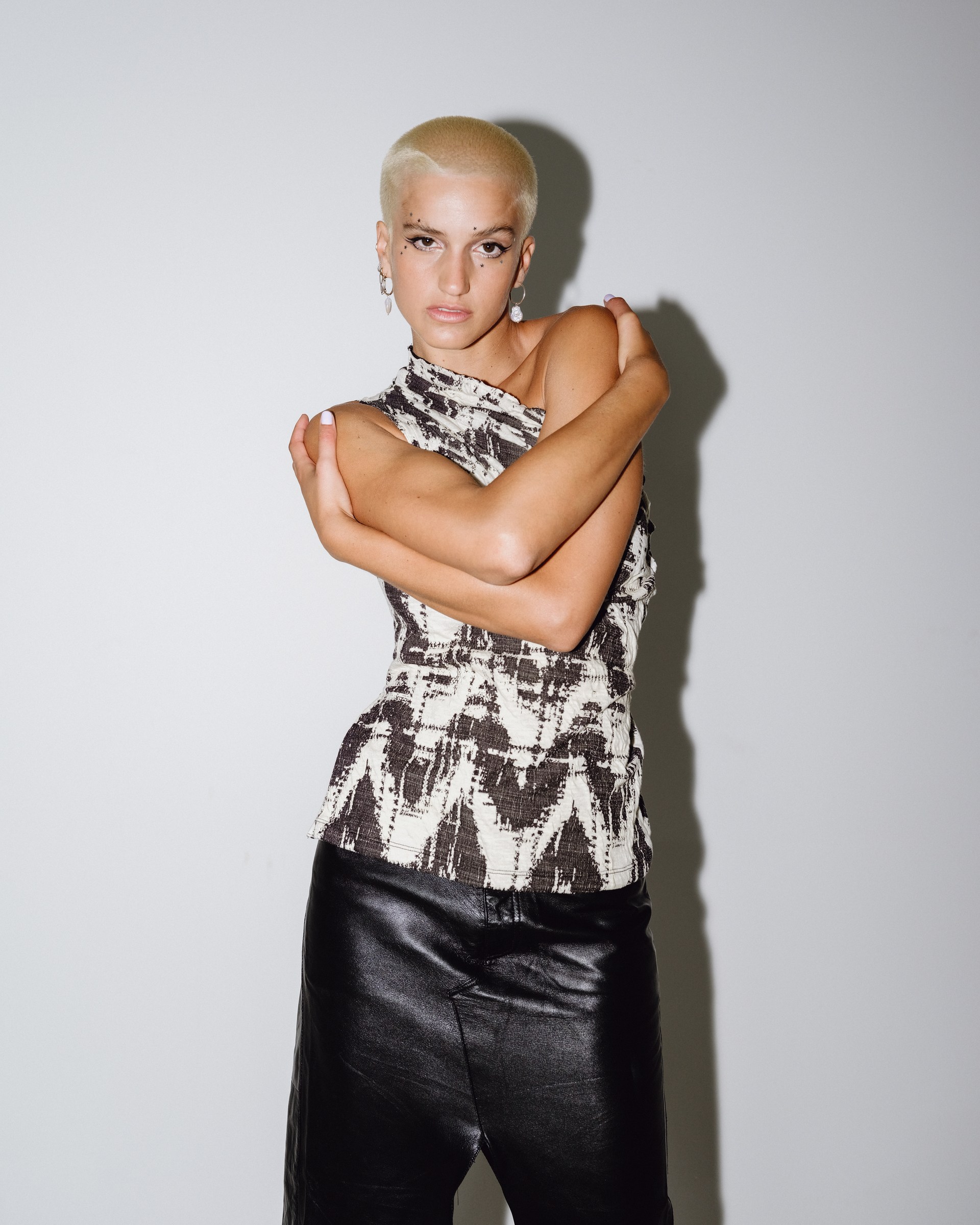
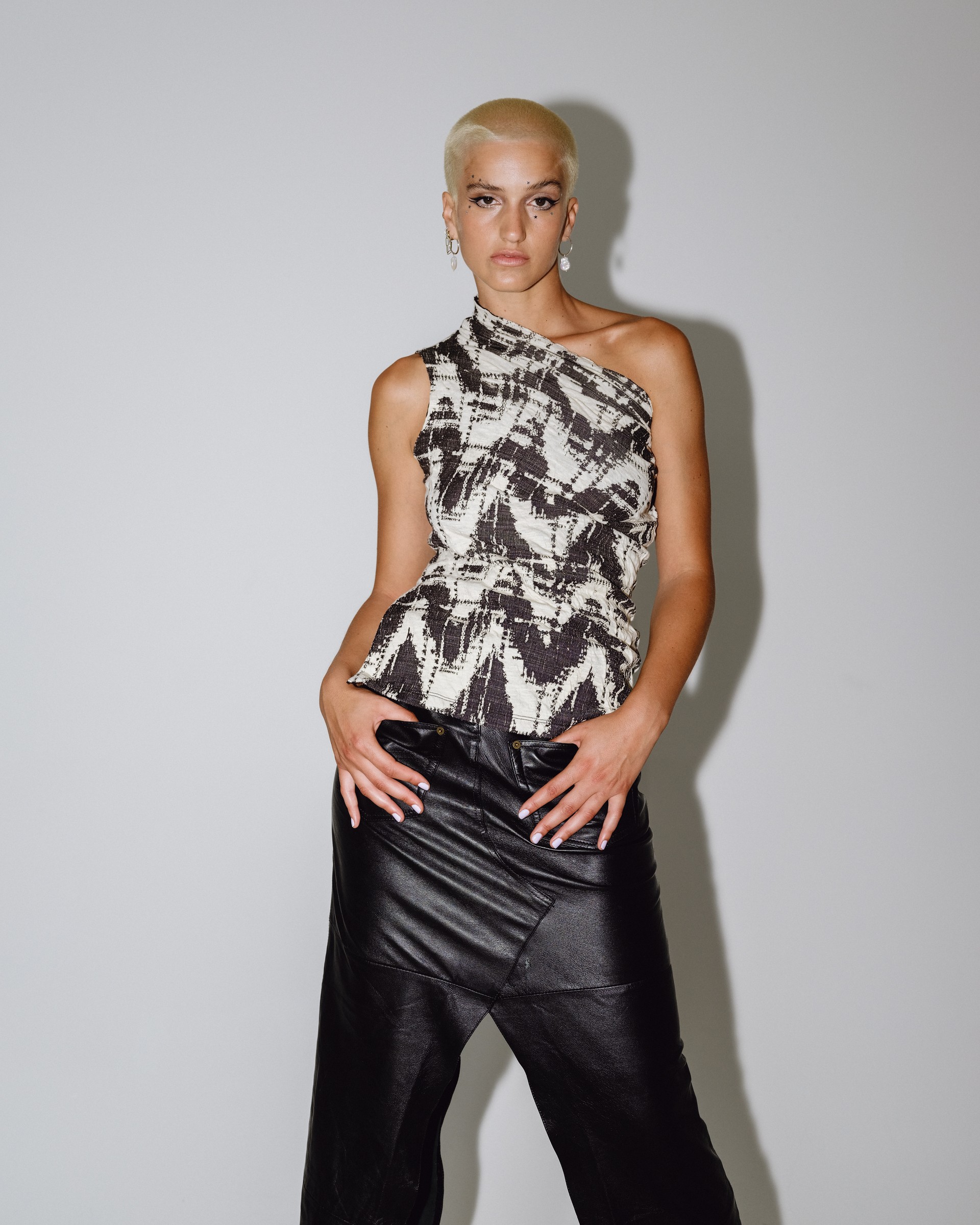
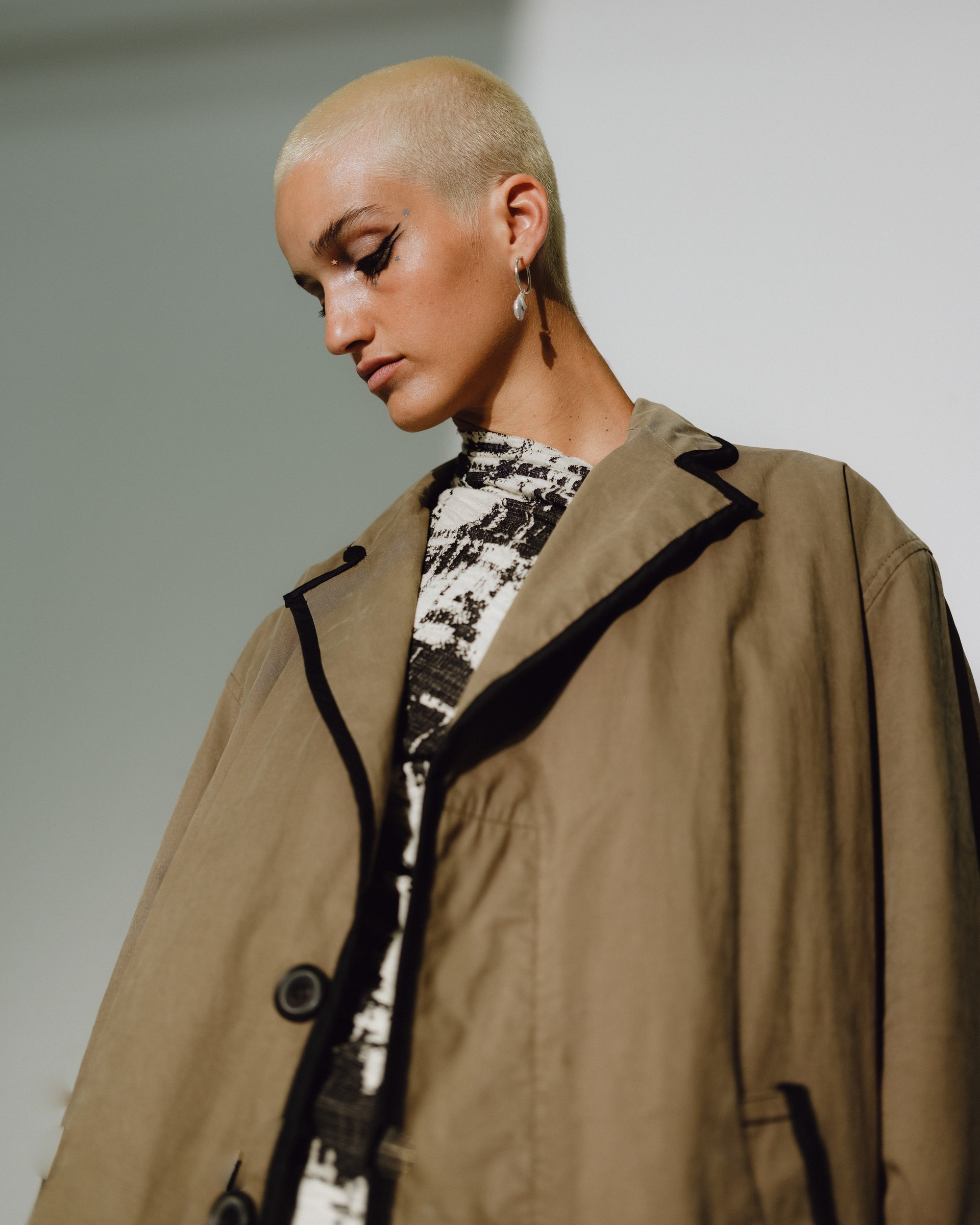

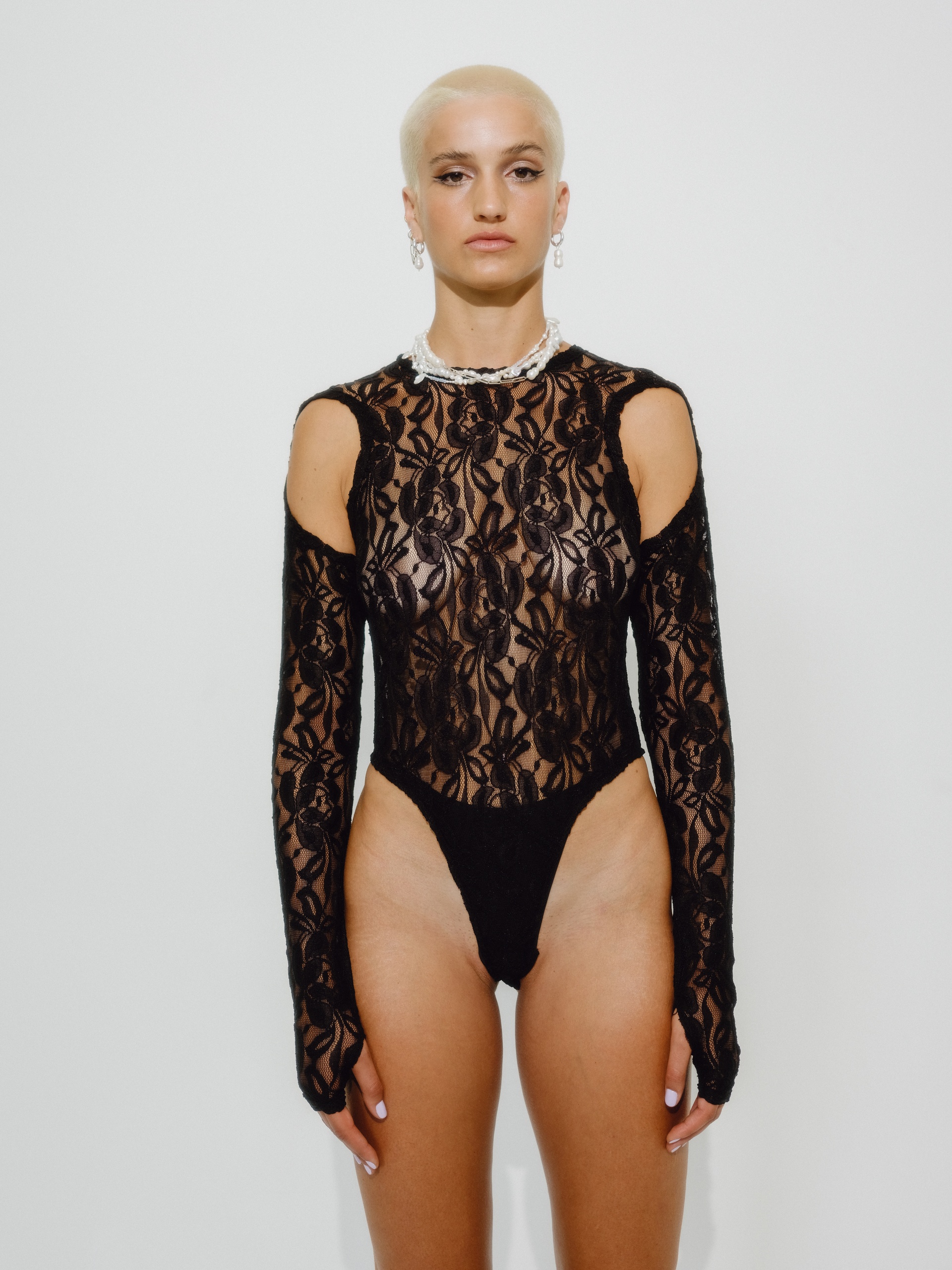
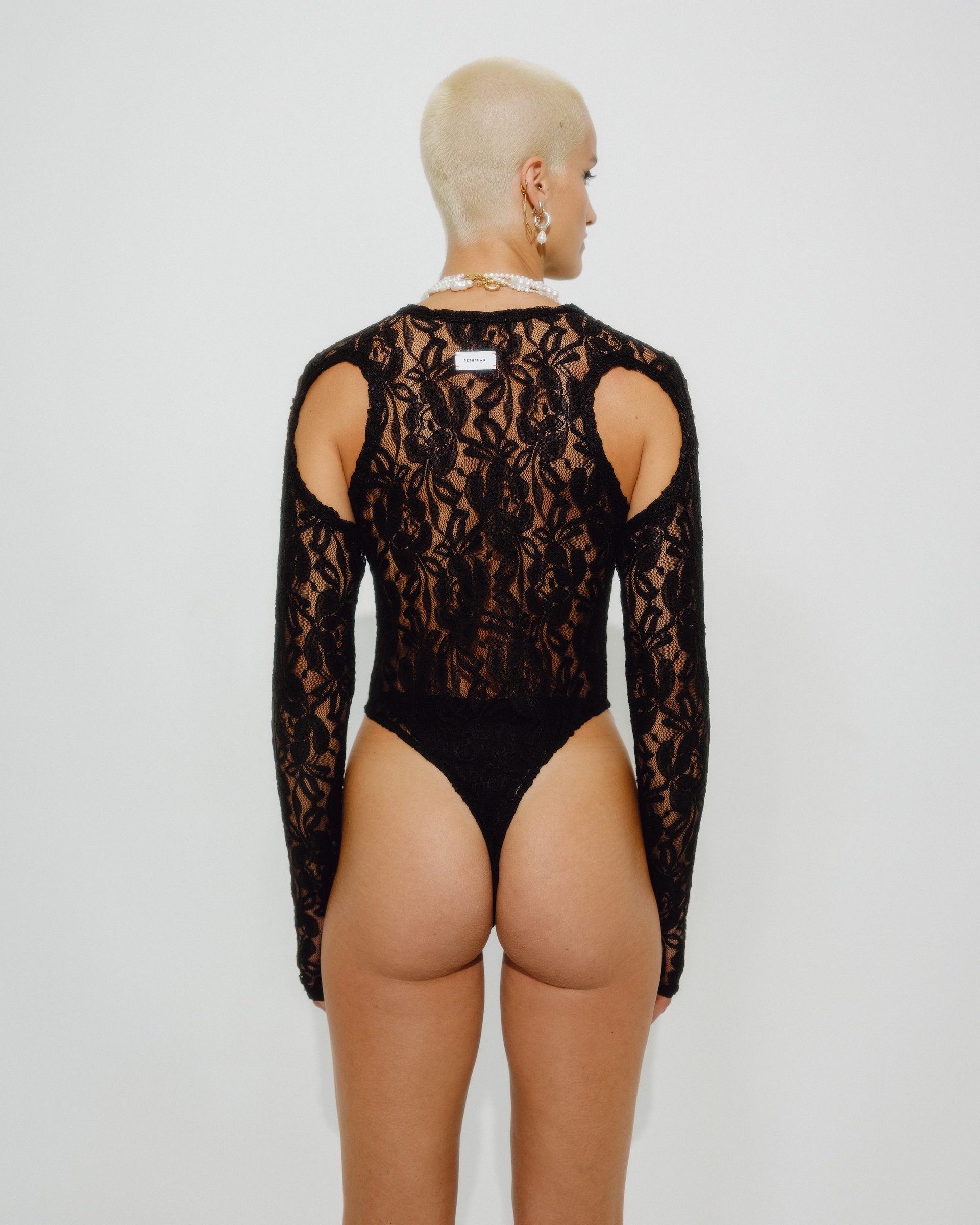
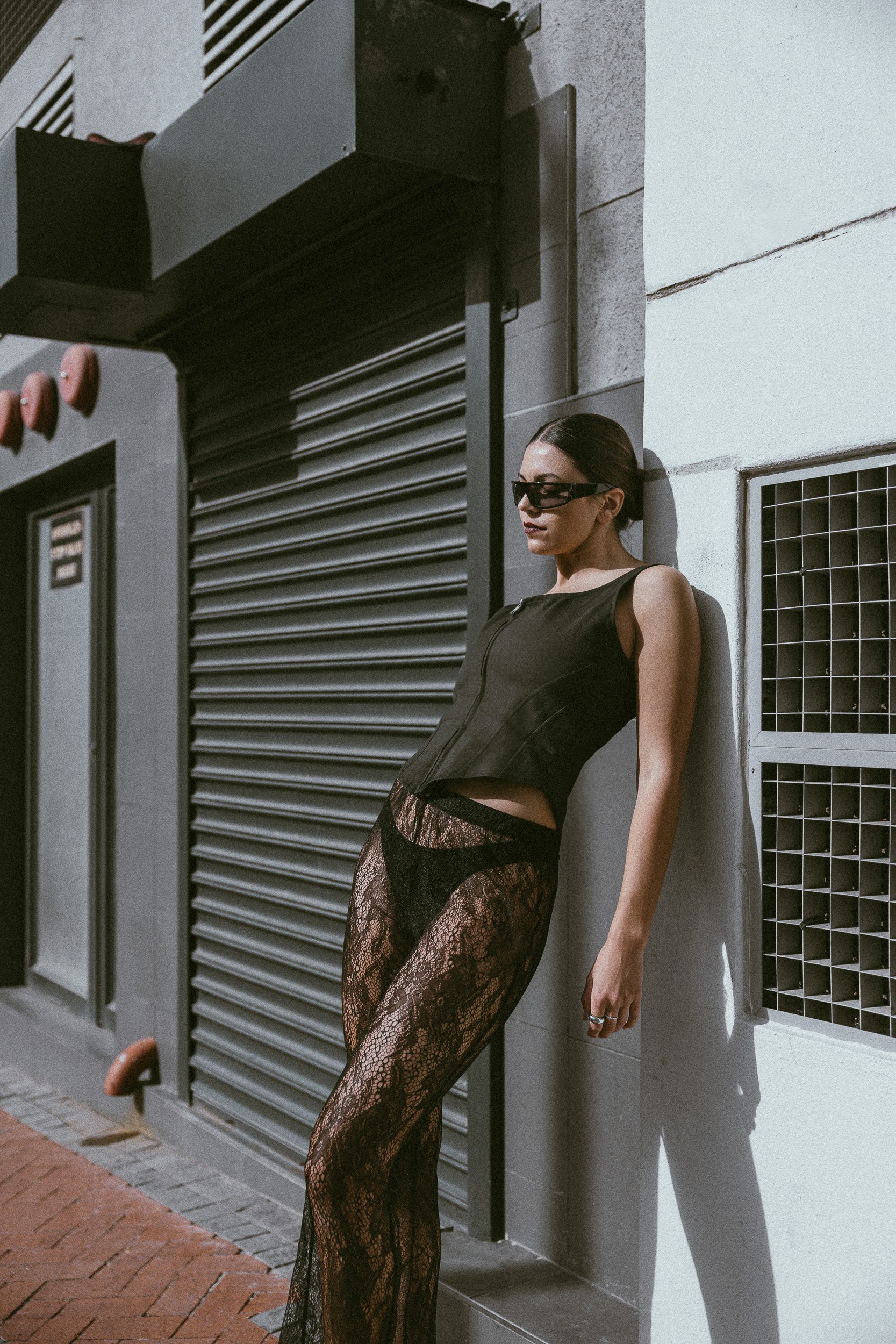
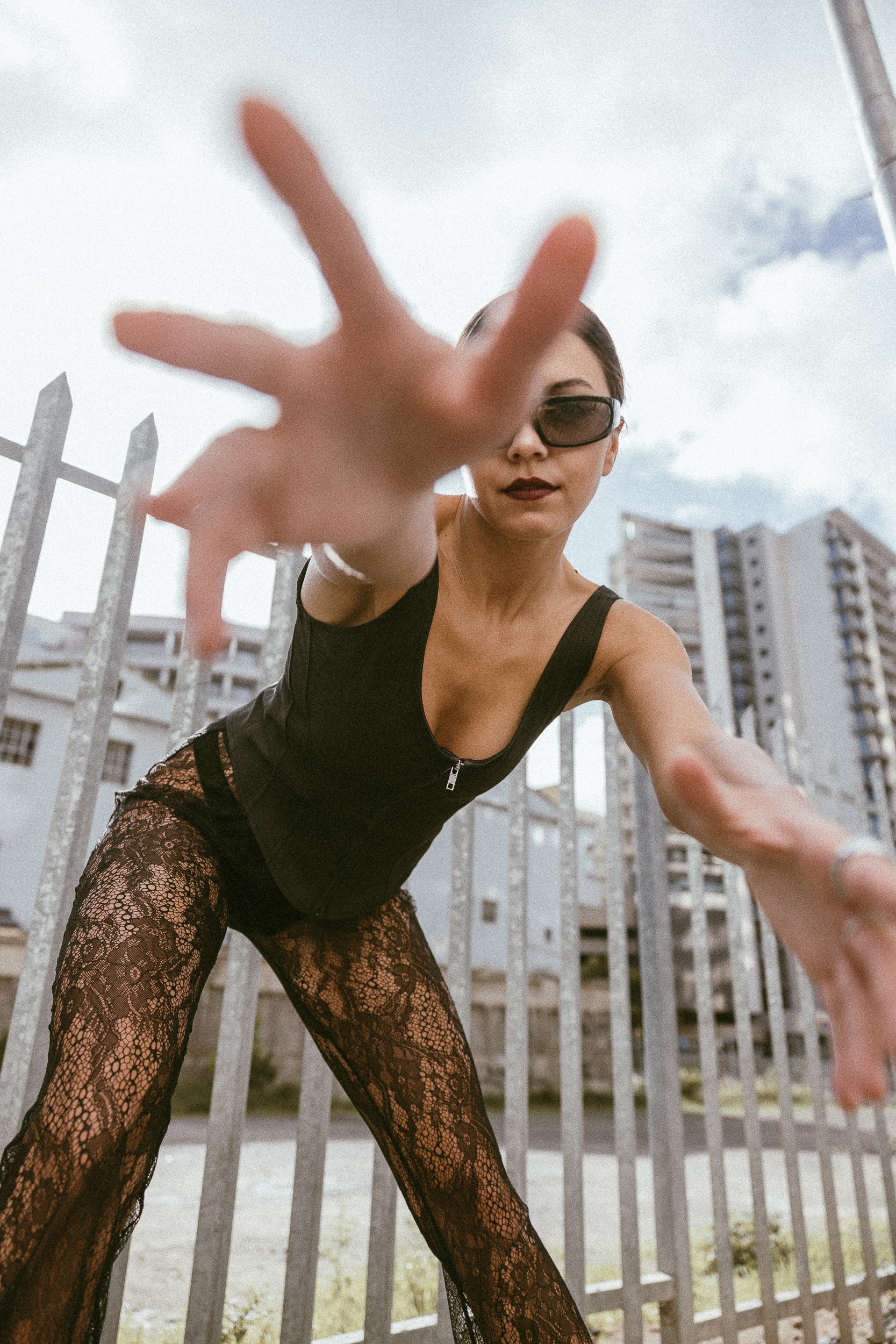
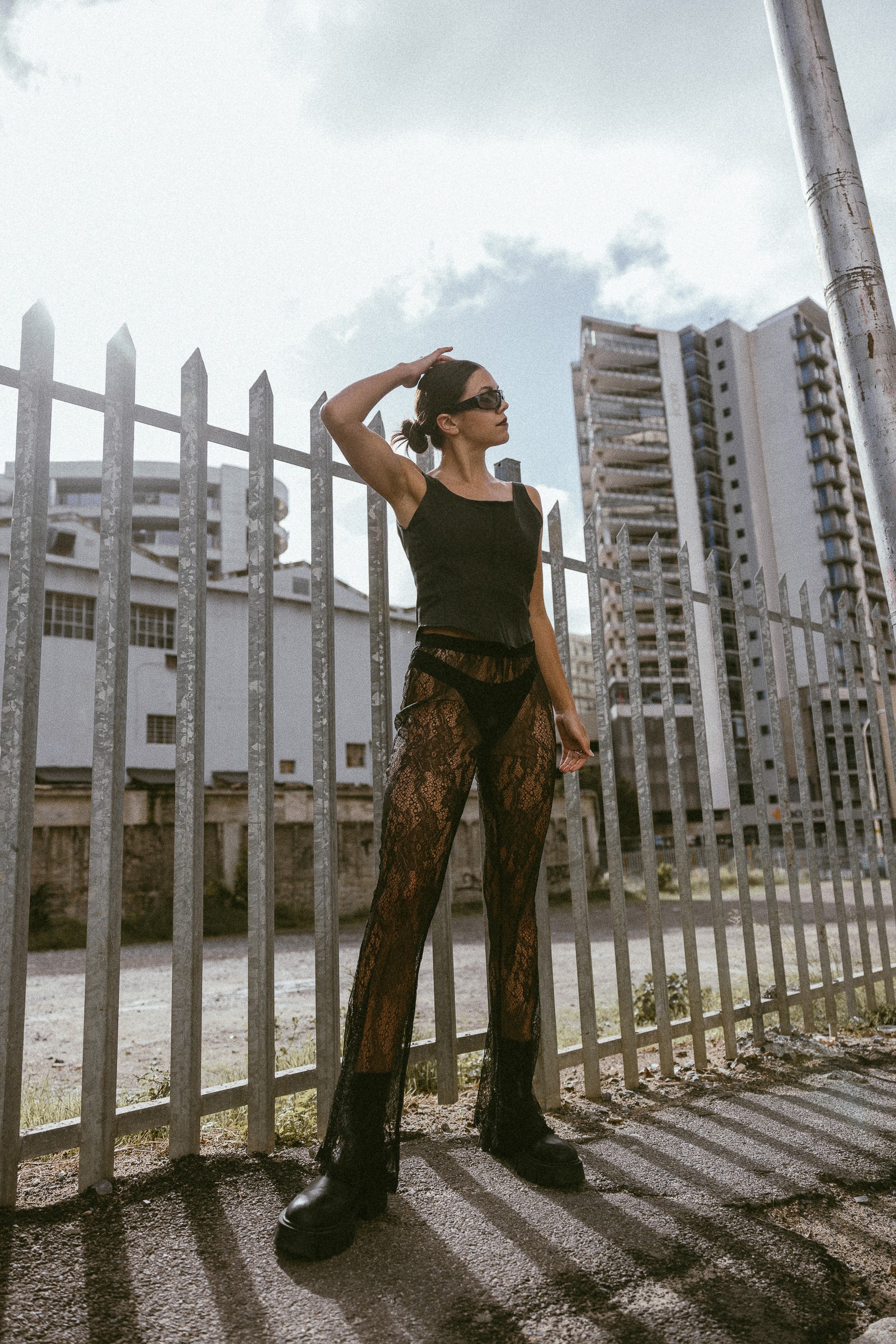
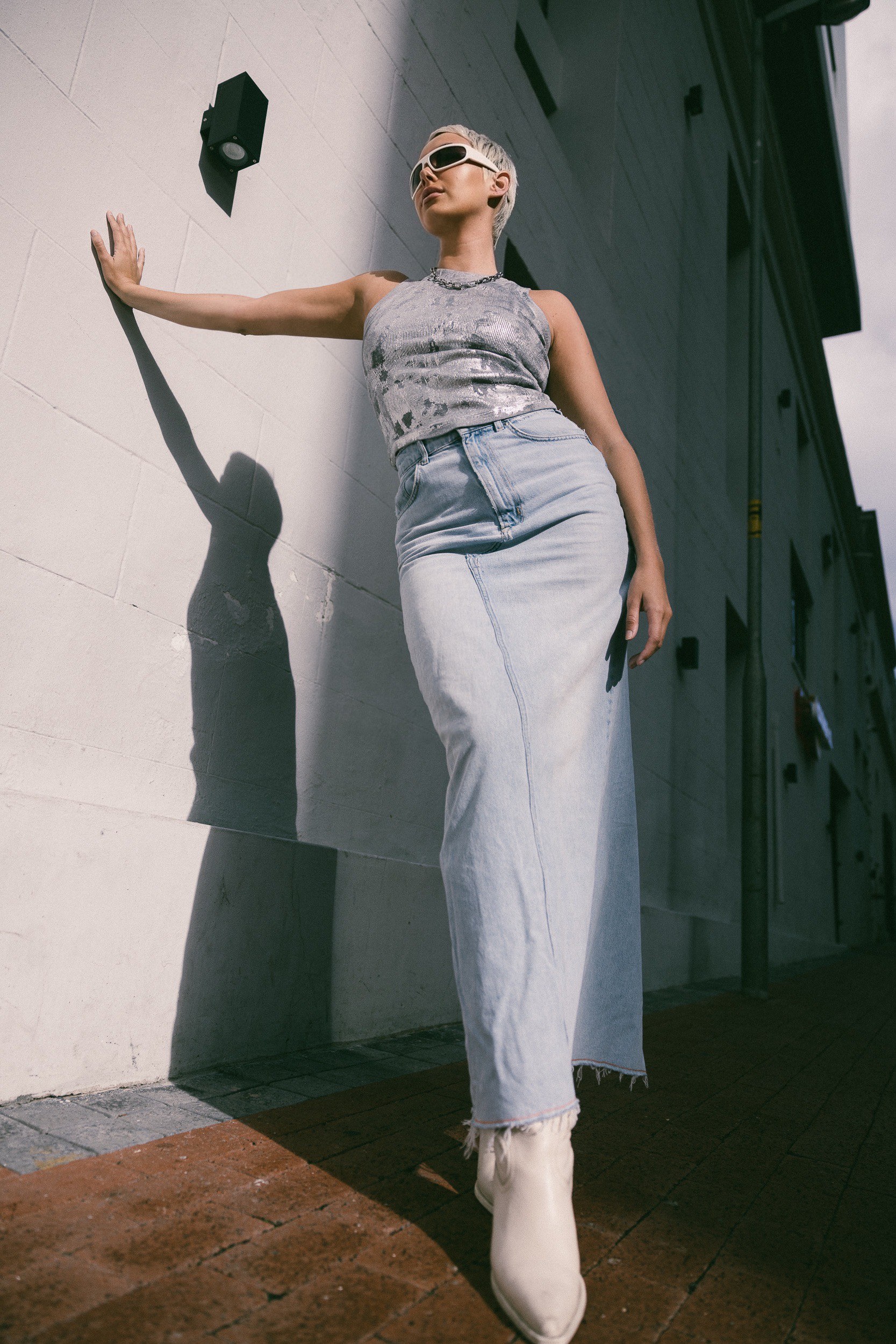
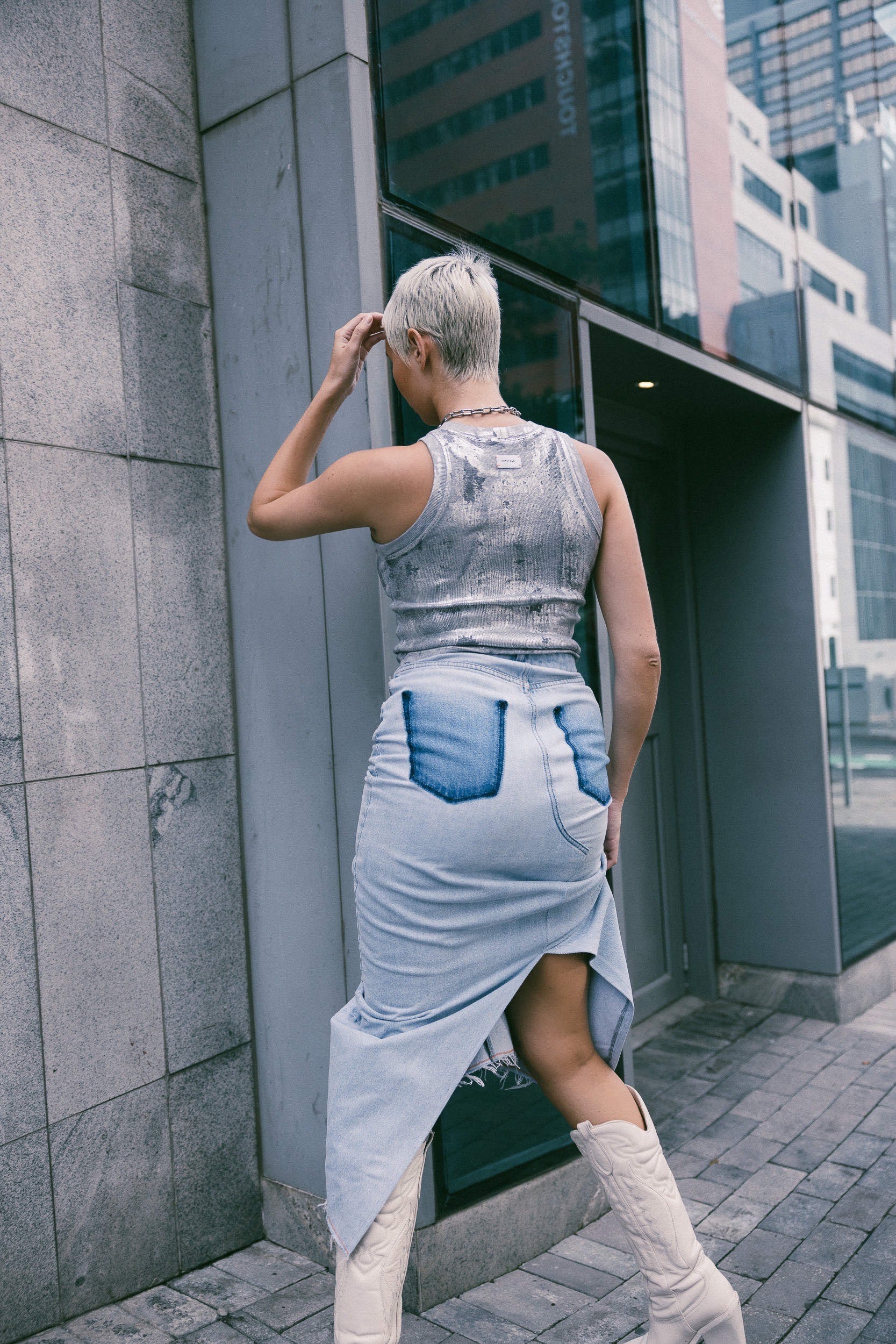
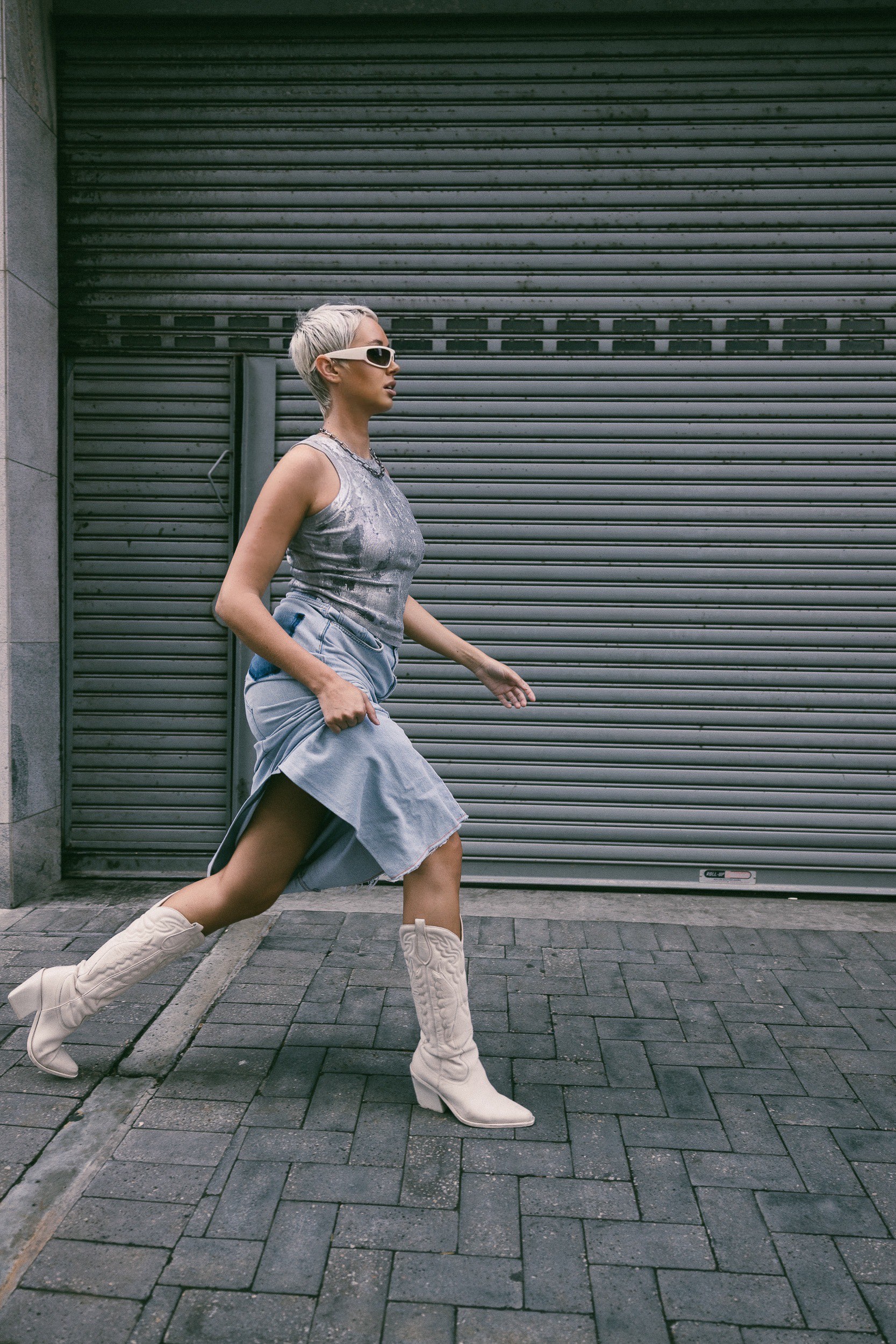
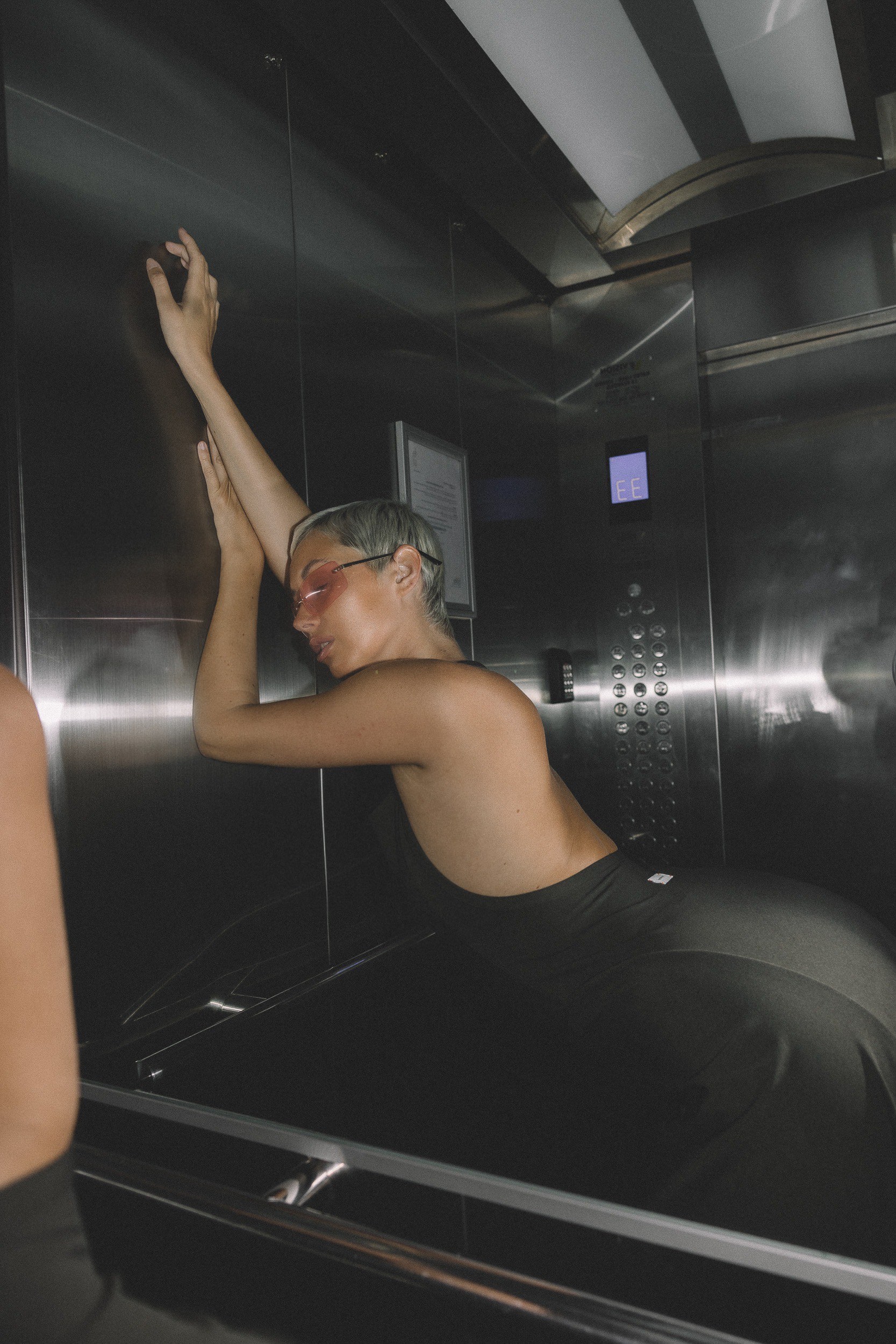
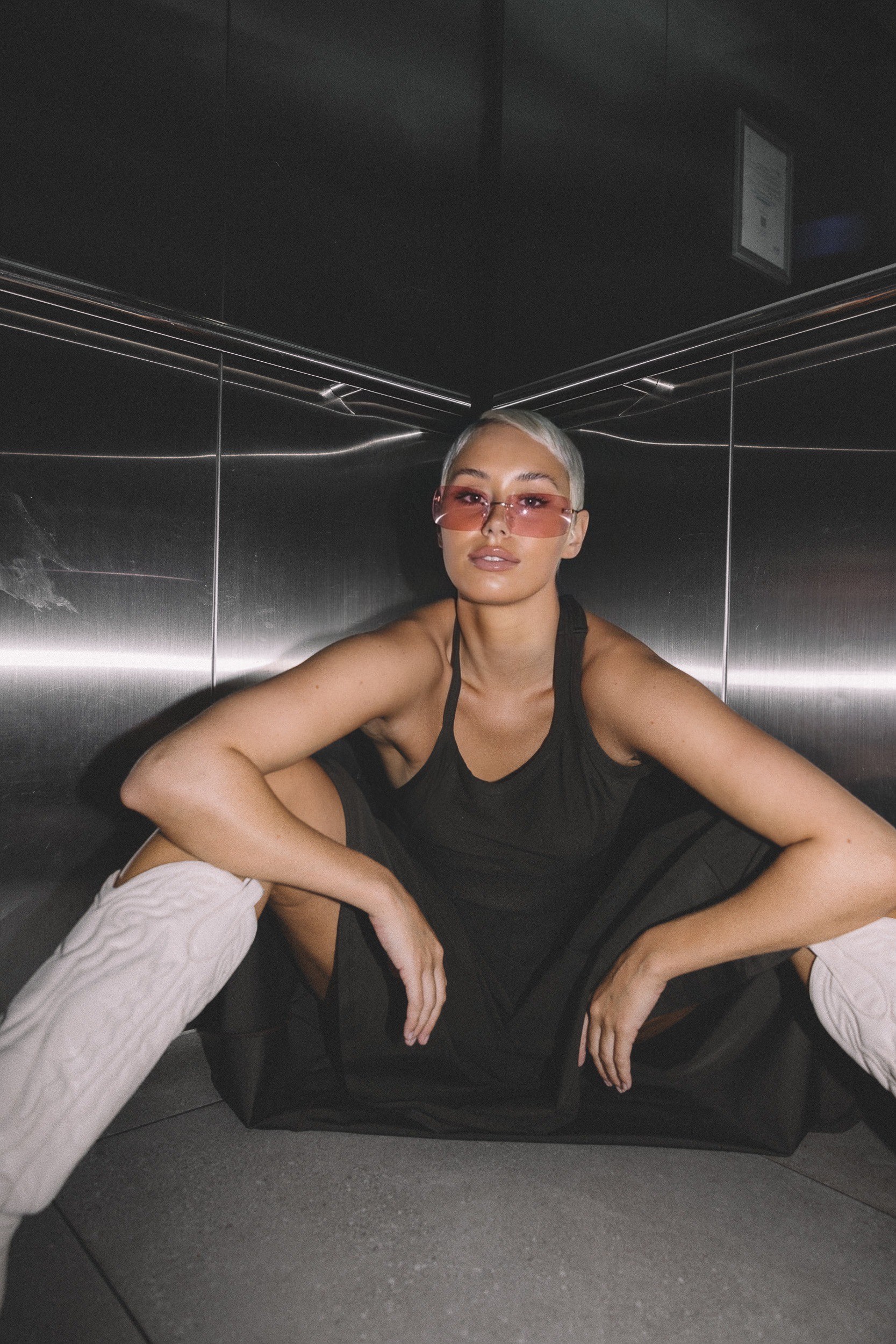
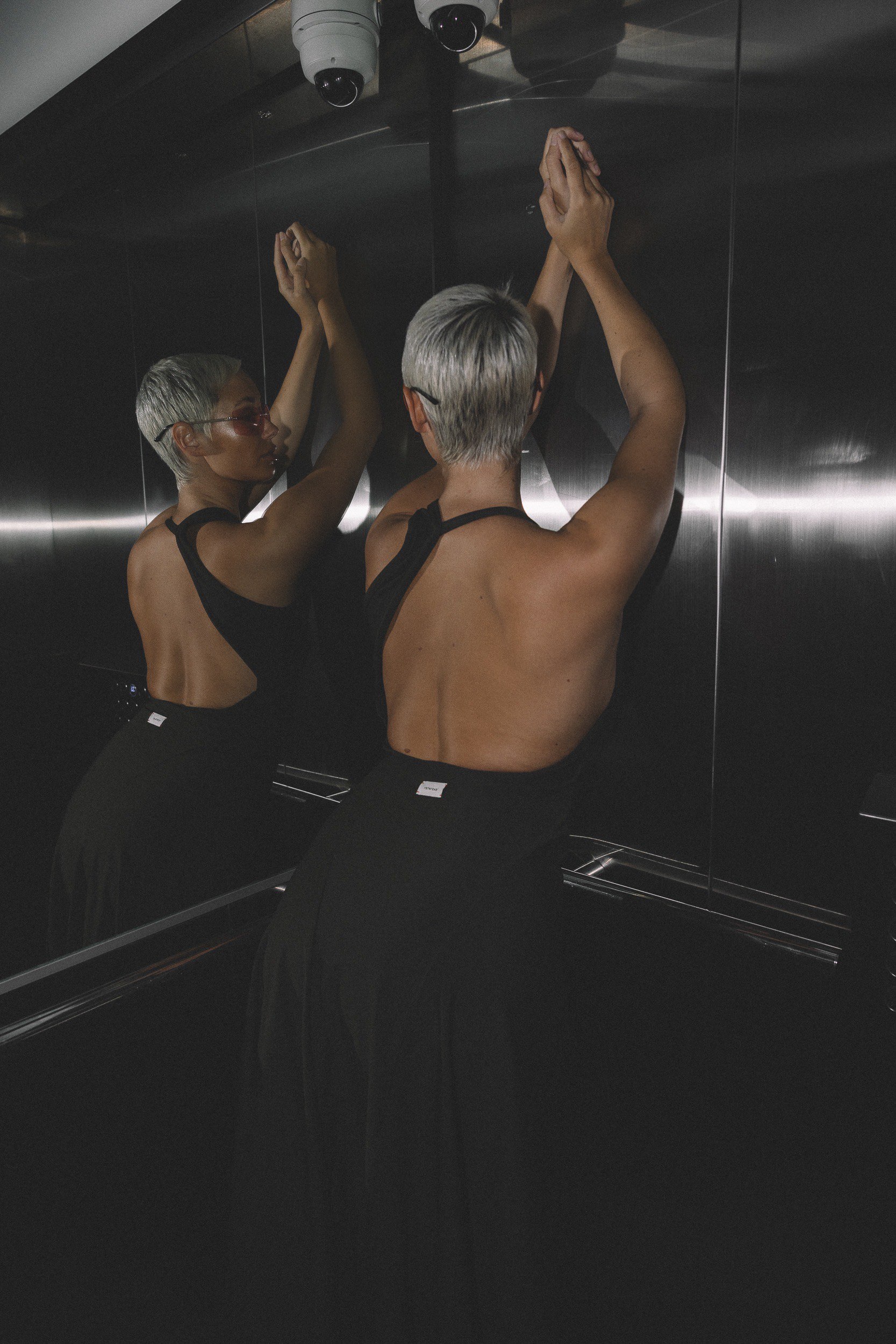
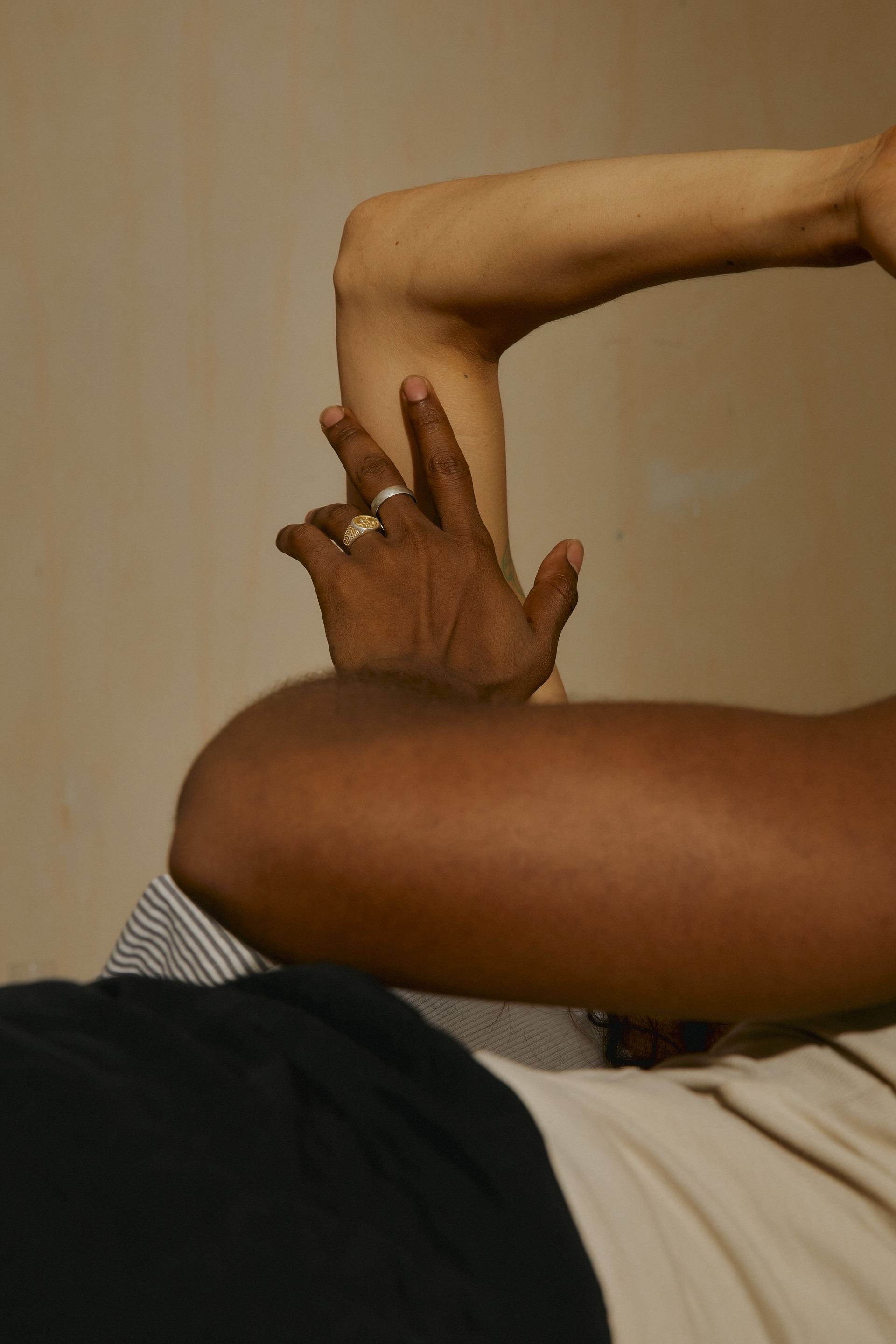
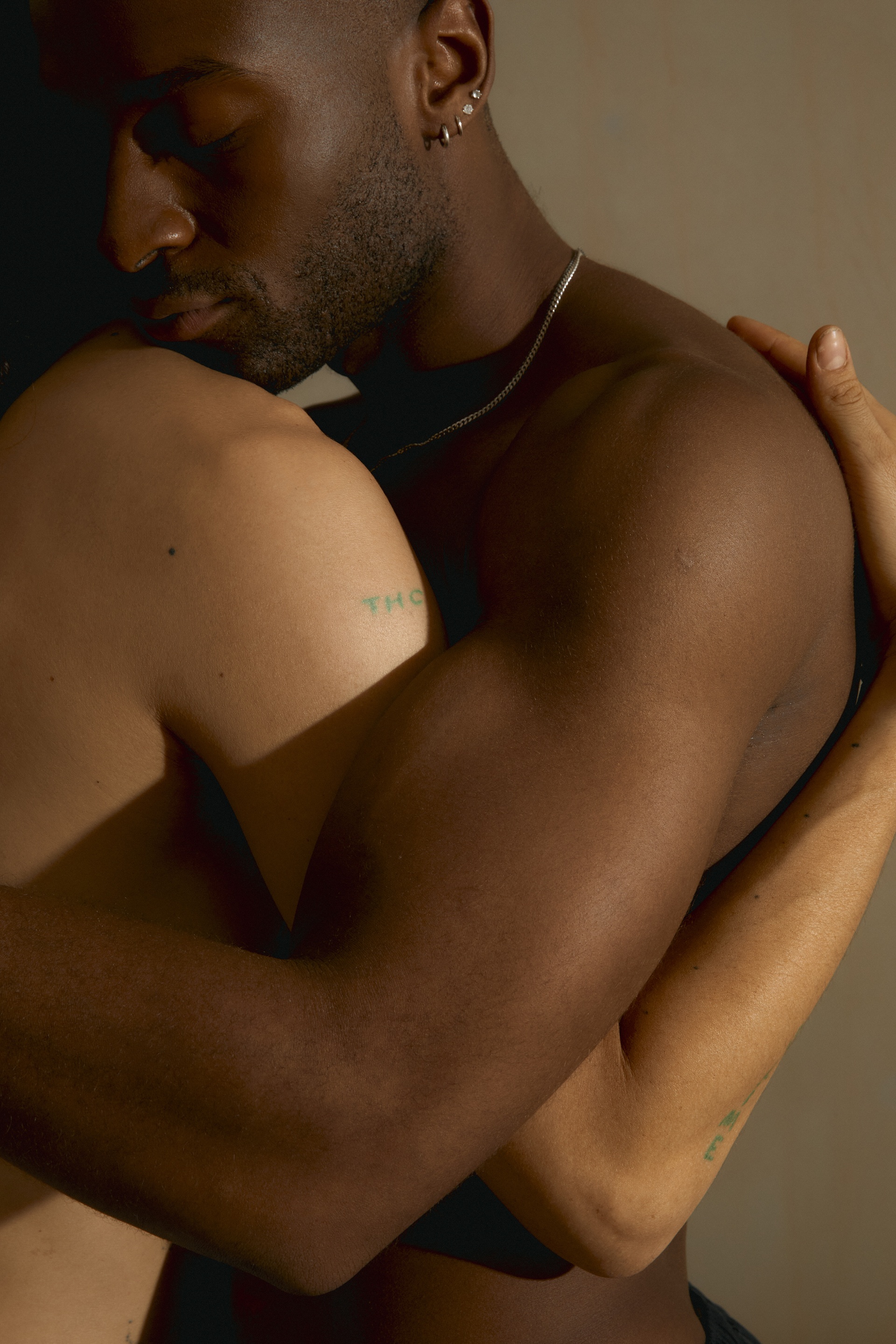
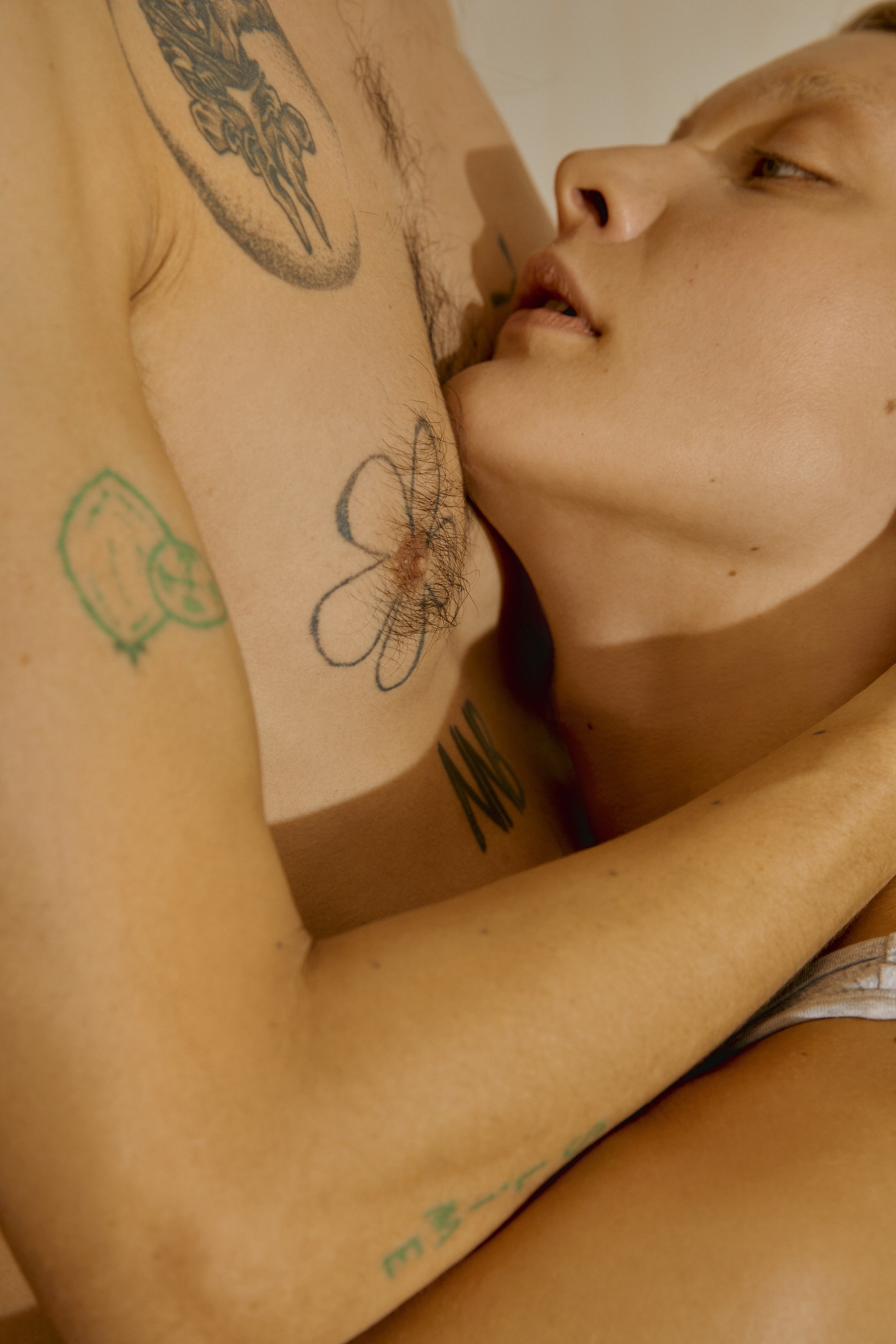
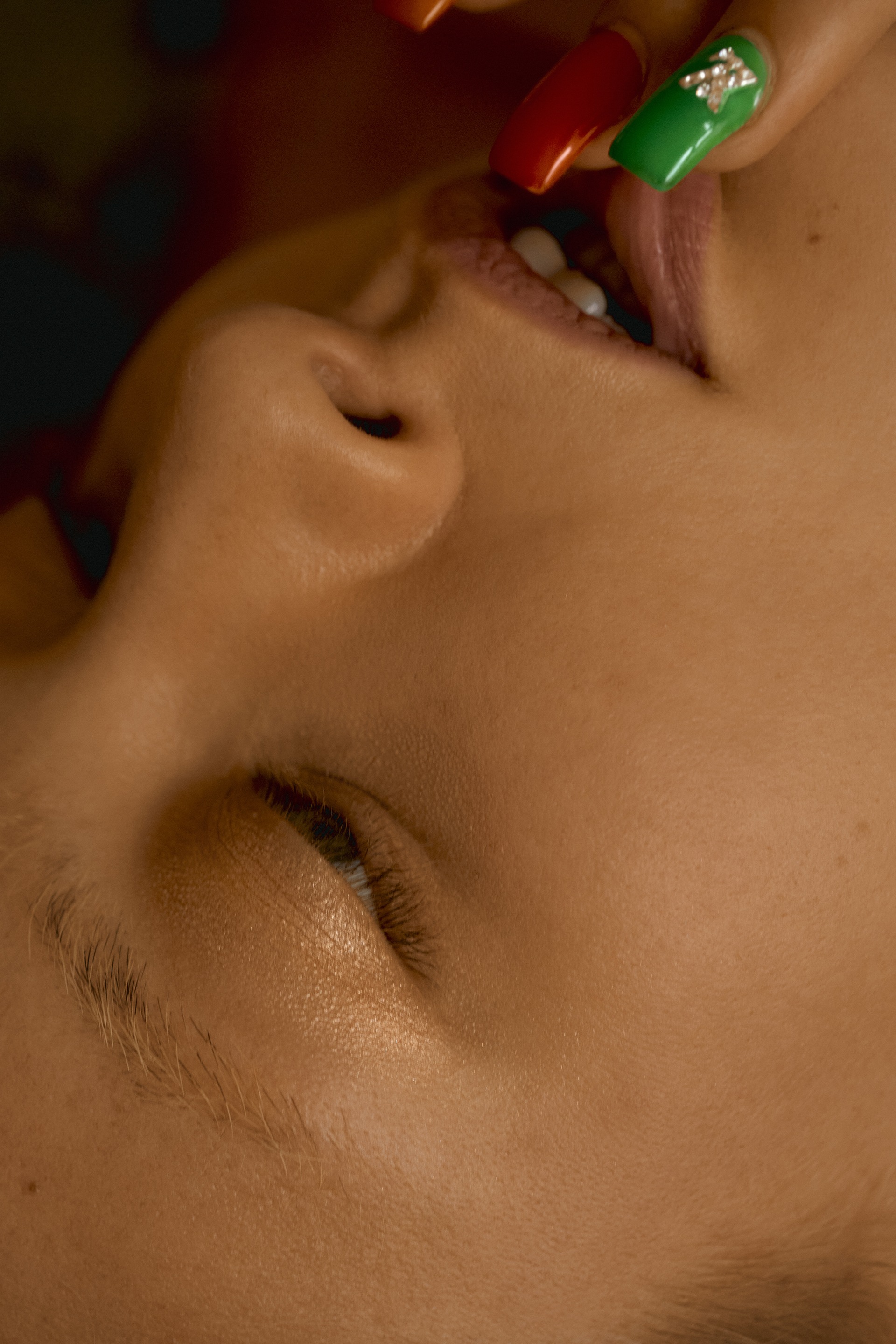
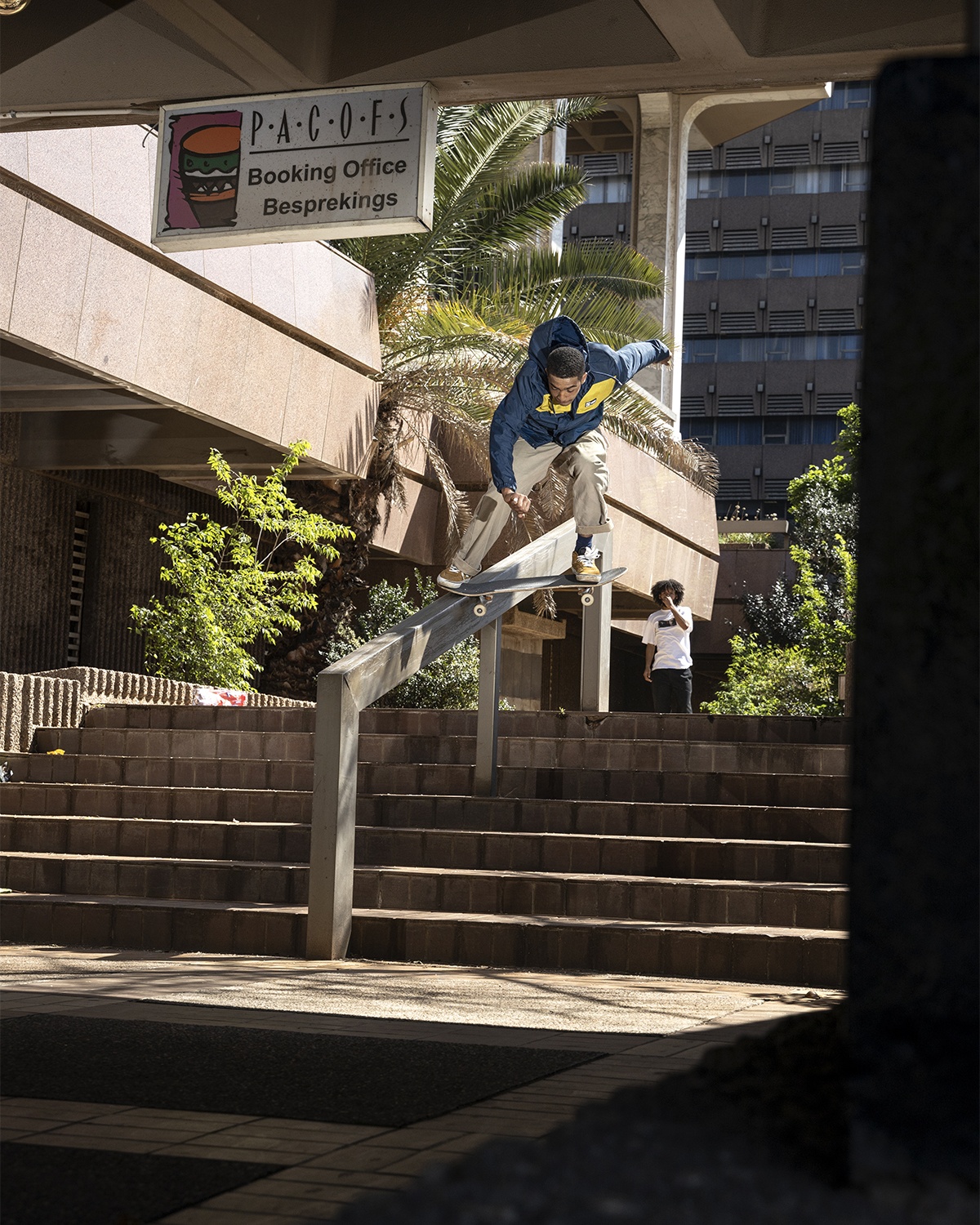
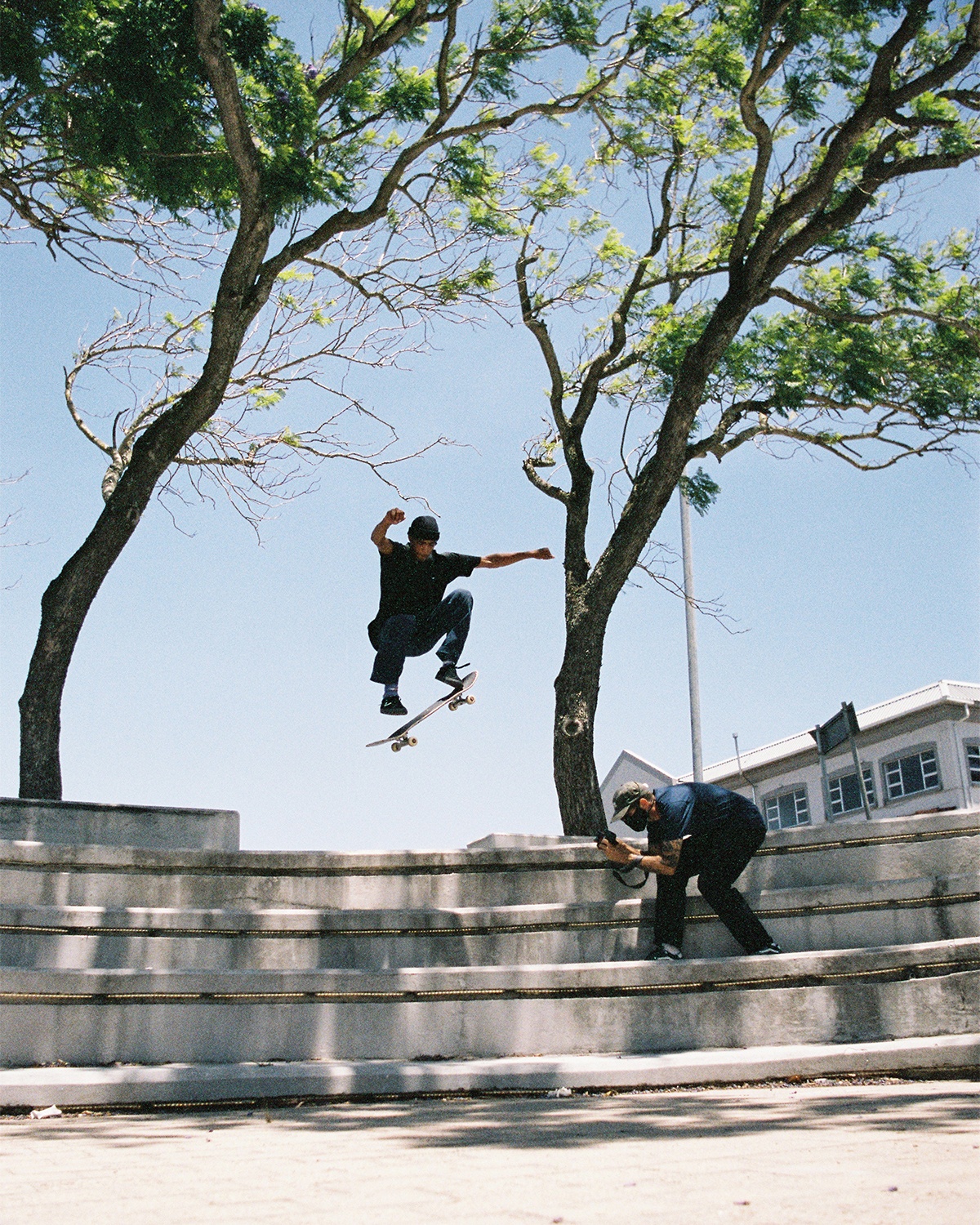
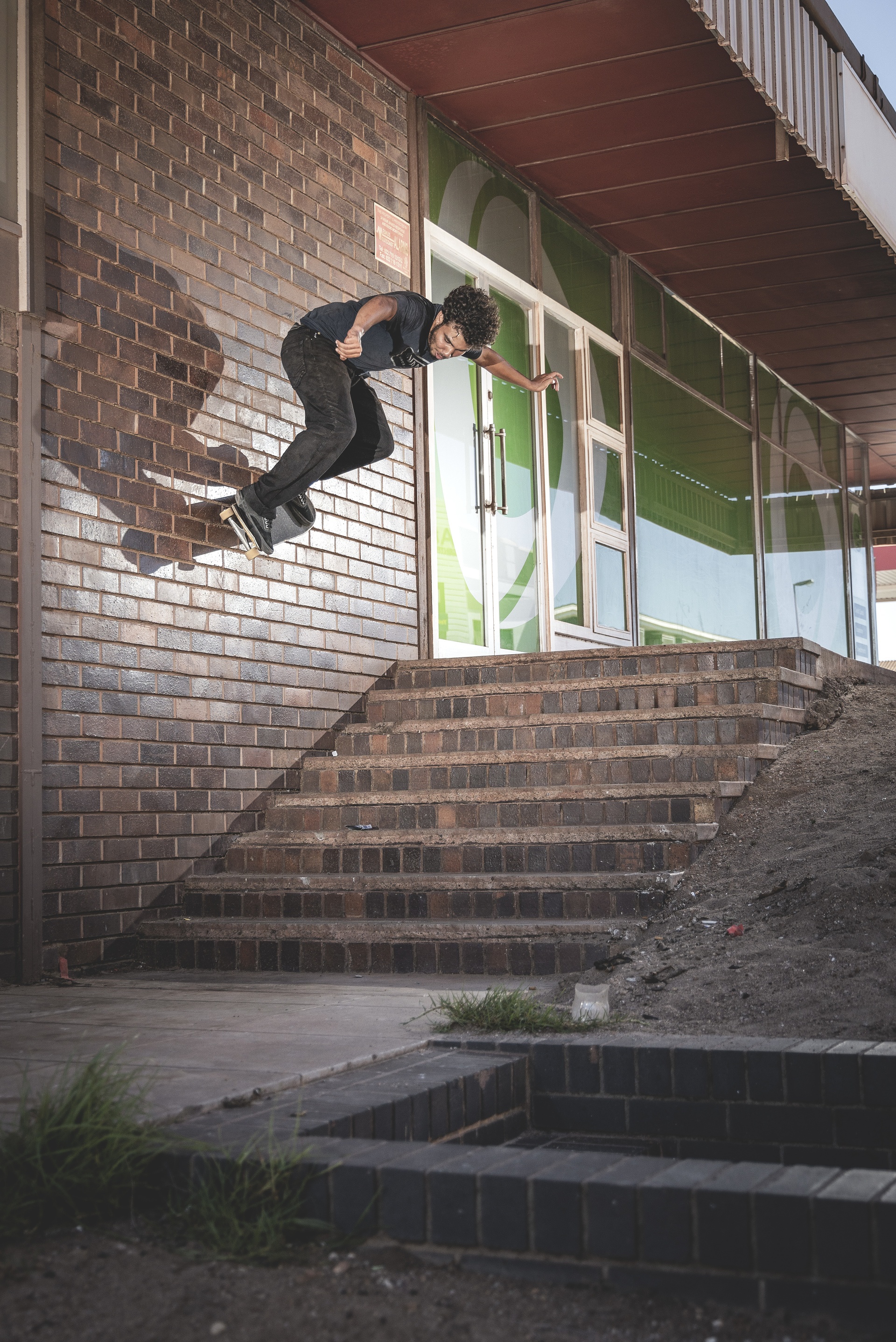
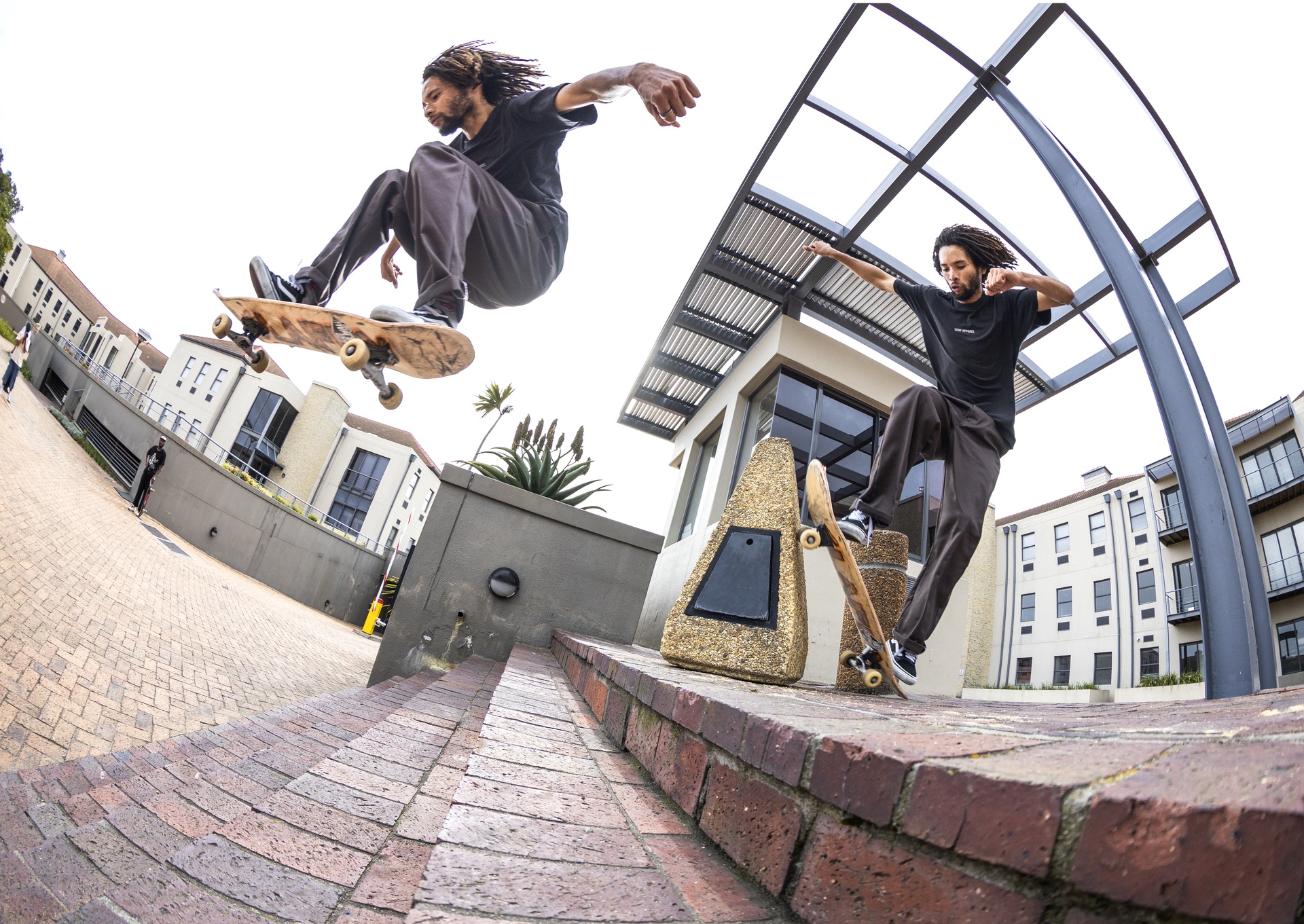
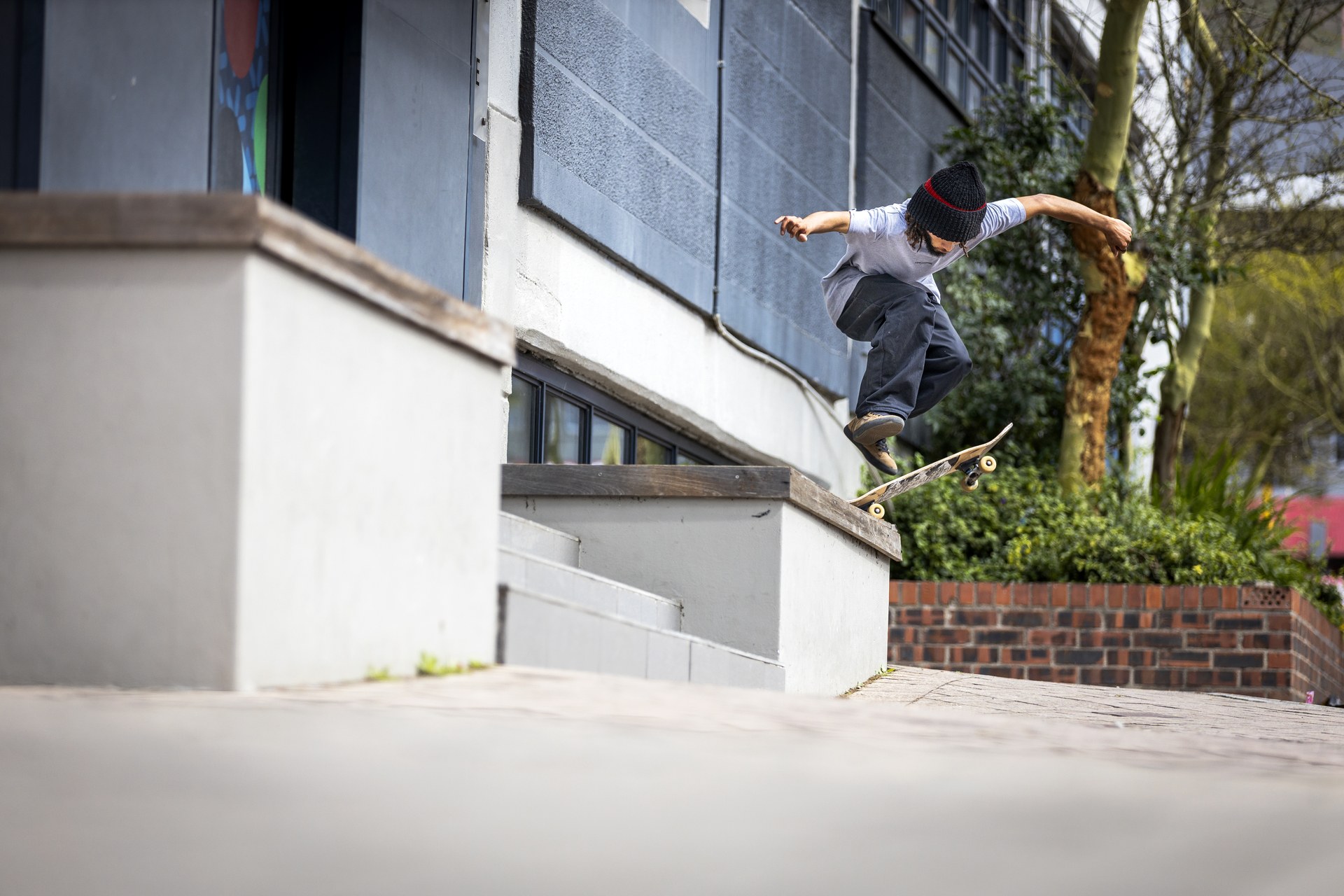


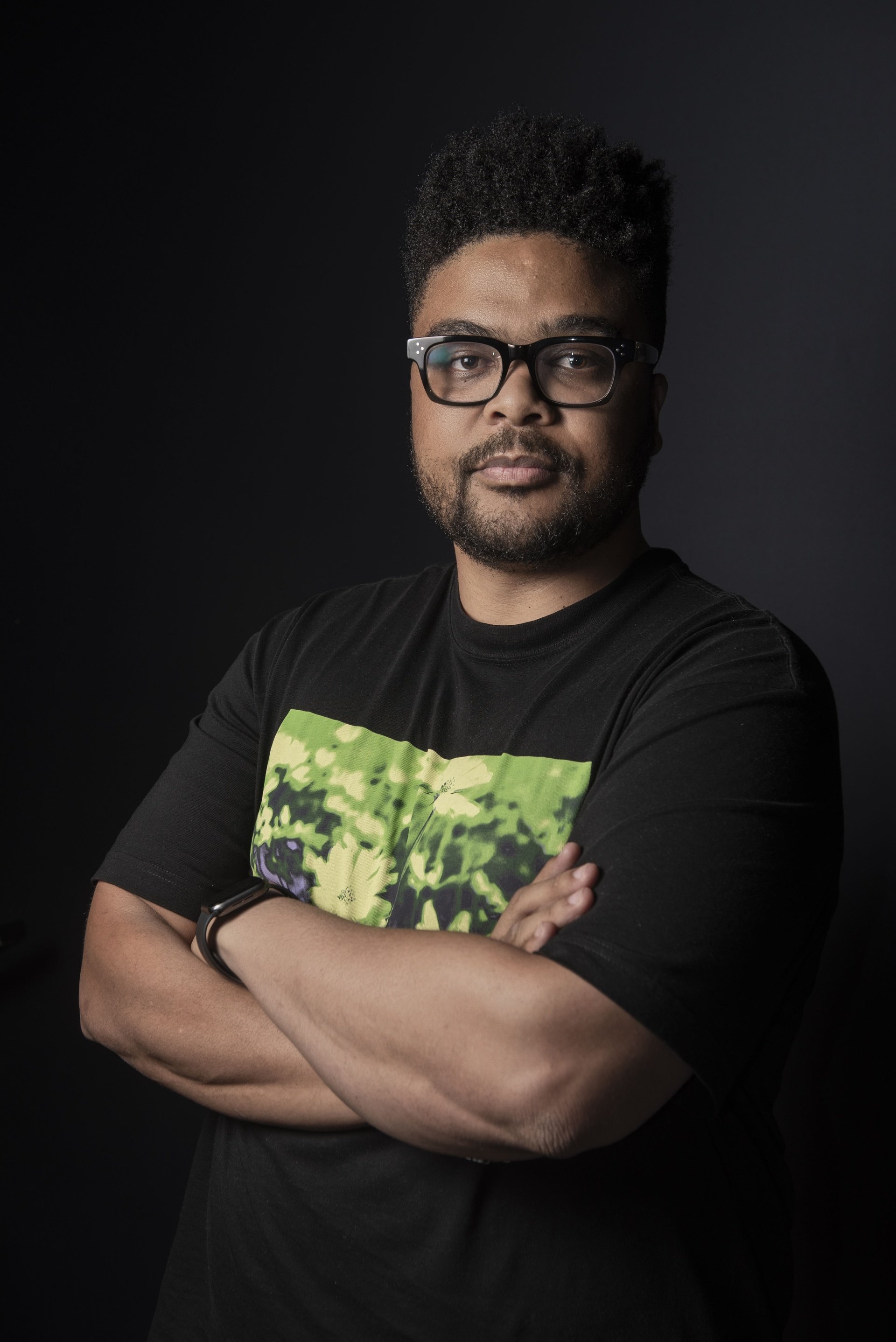
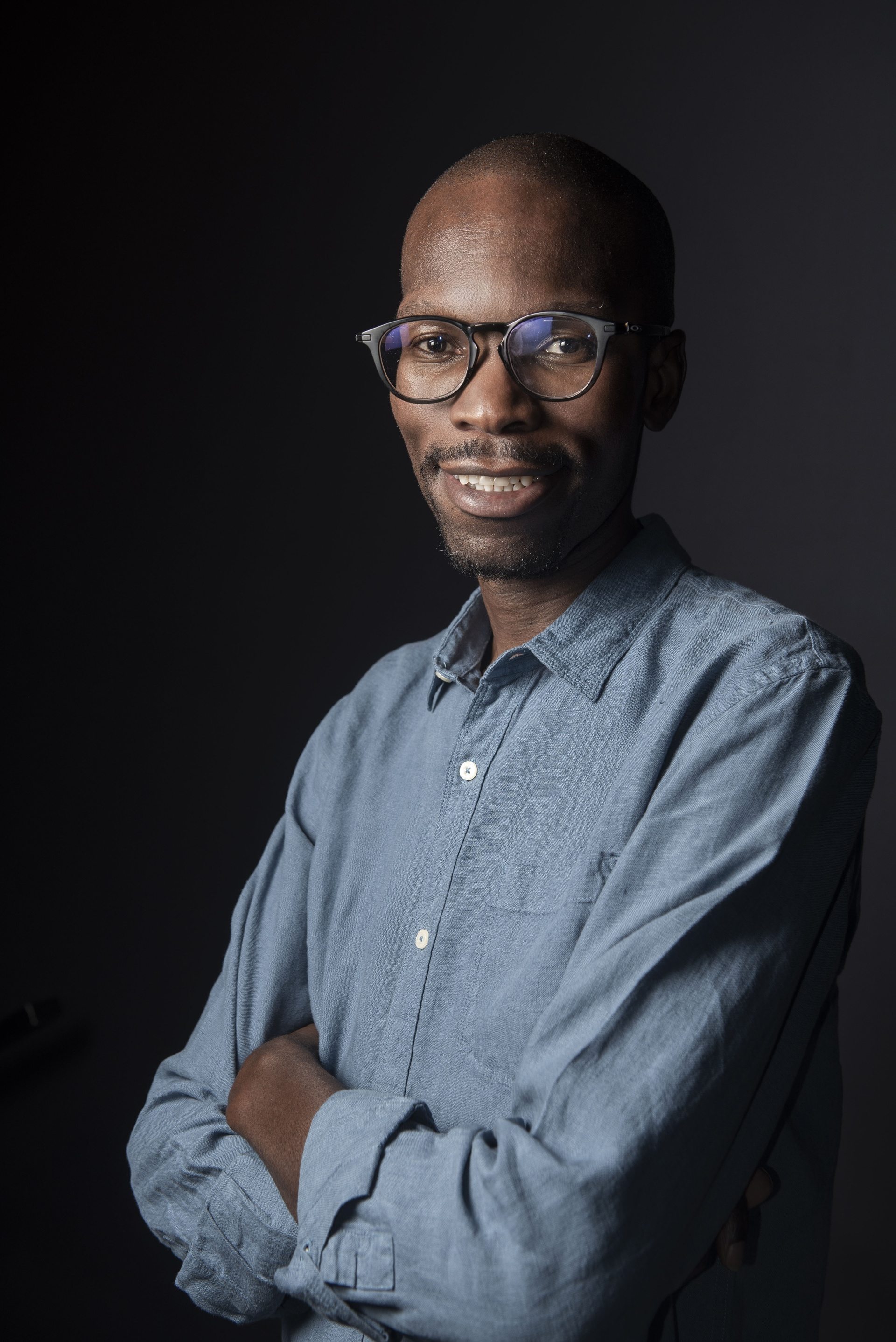
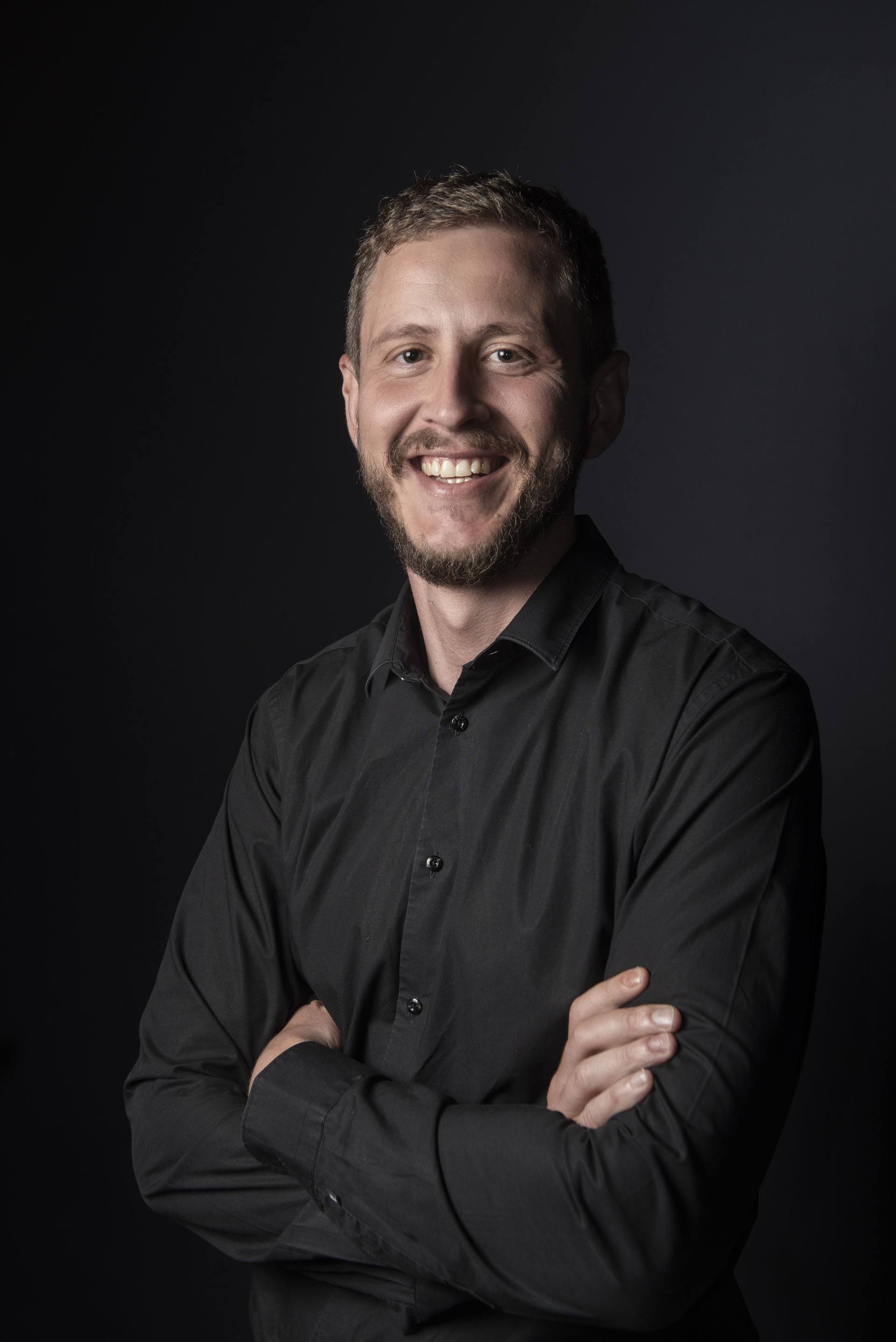

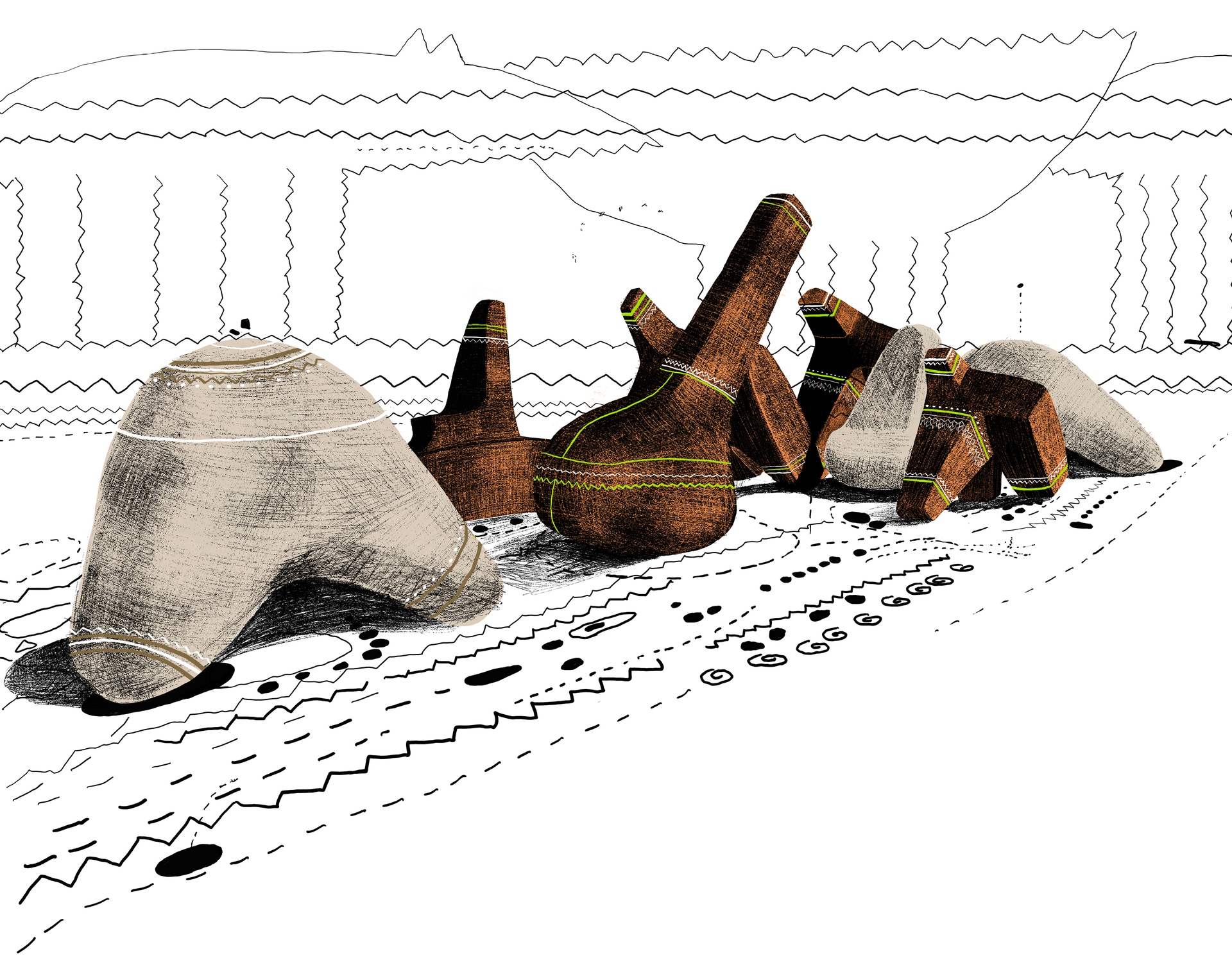
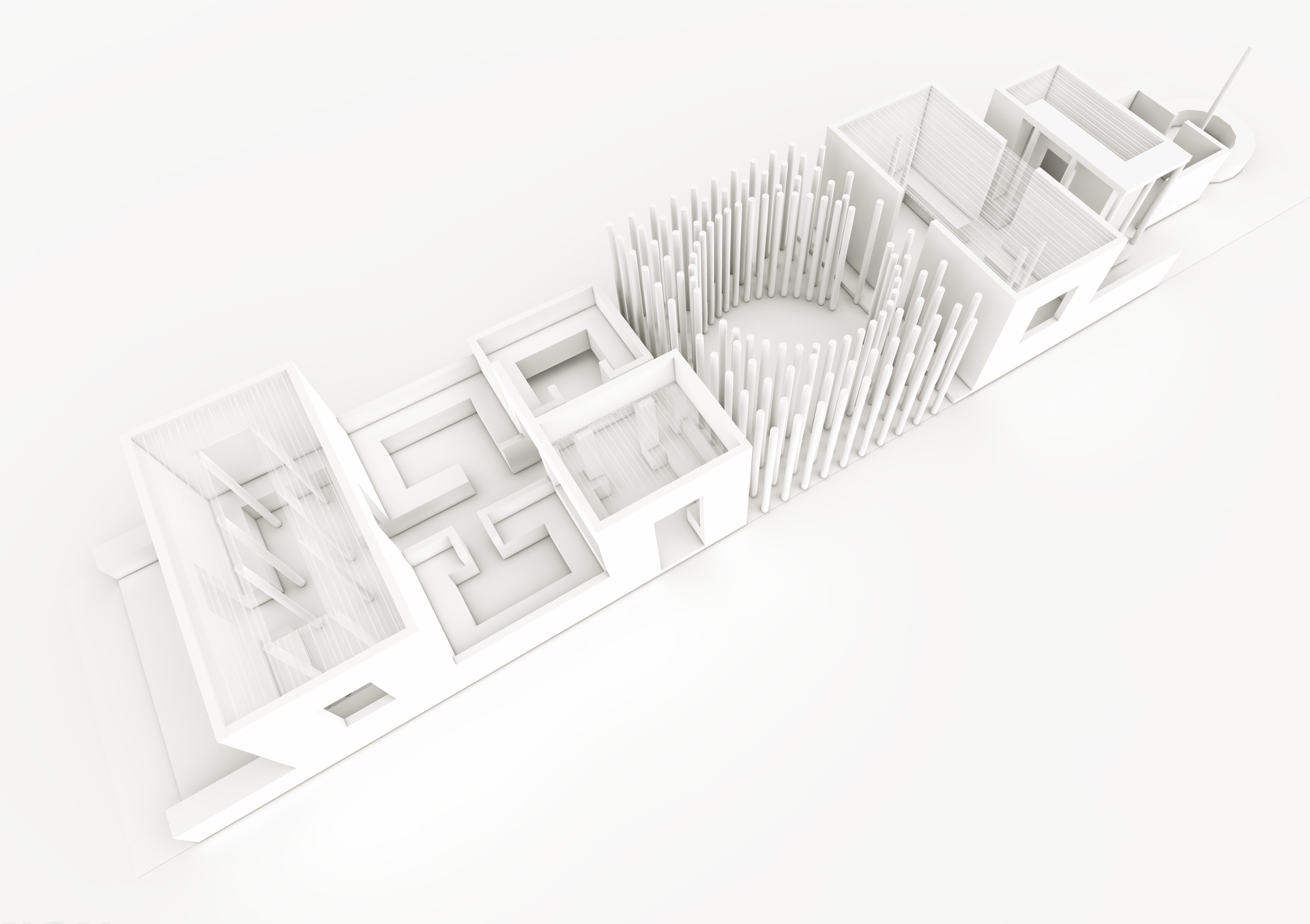
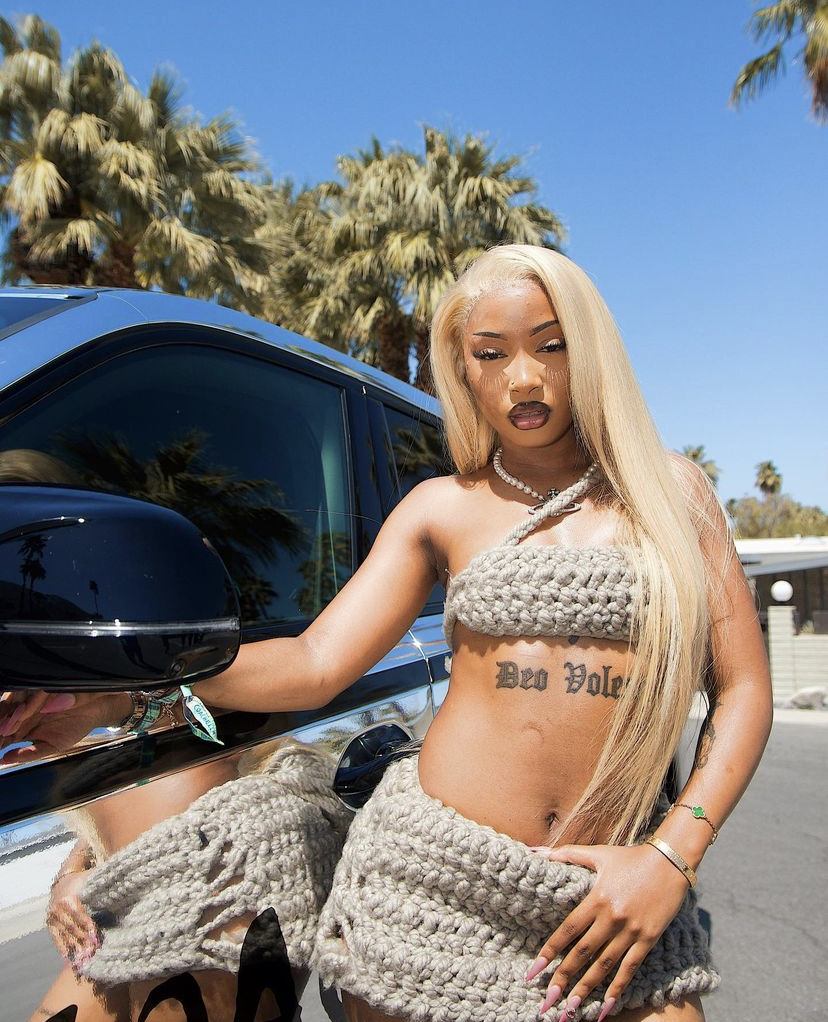



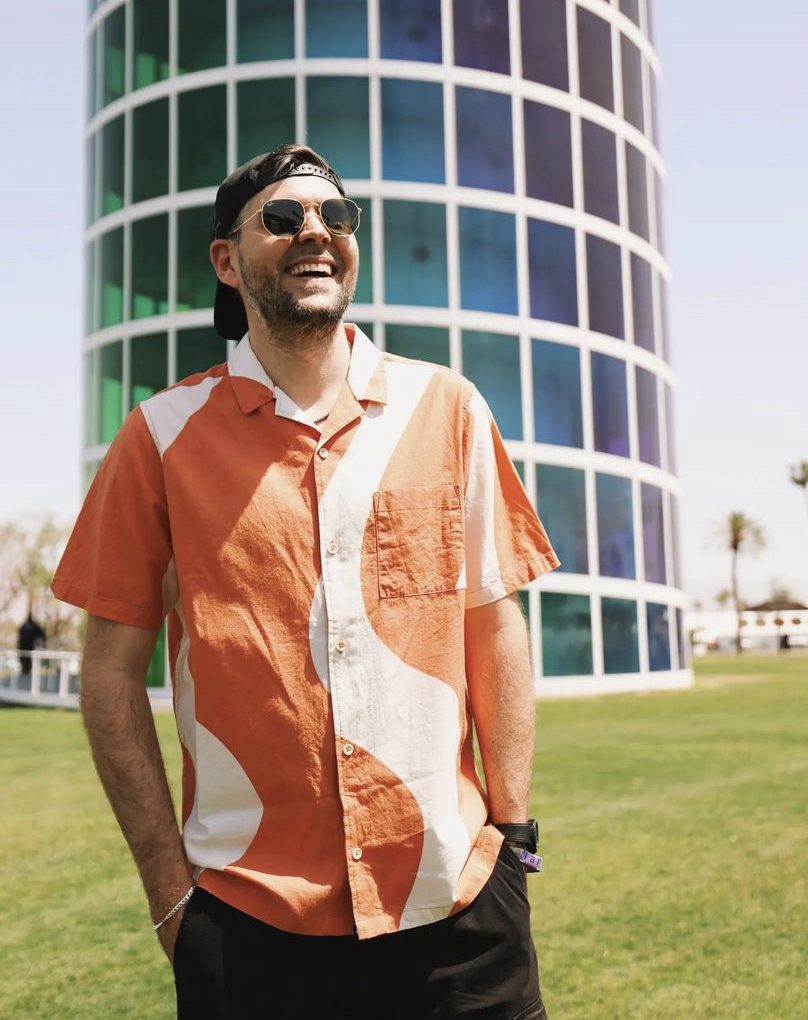
Recent Comments